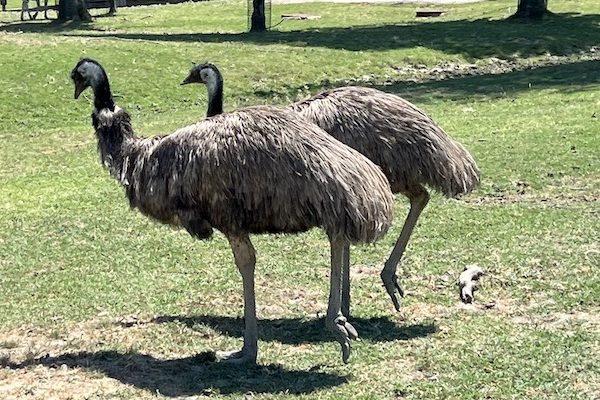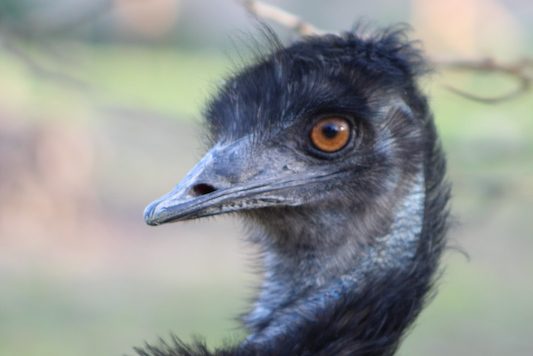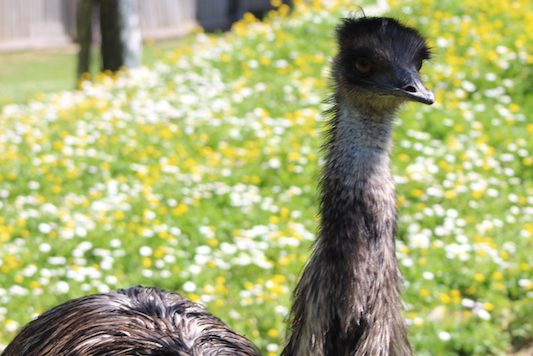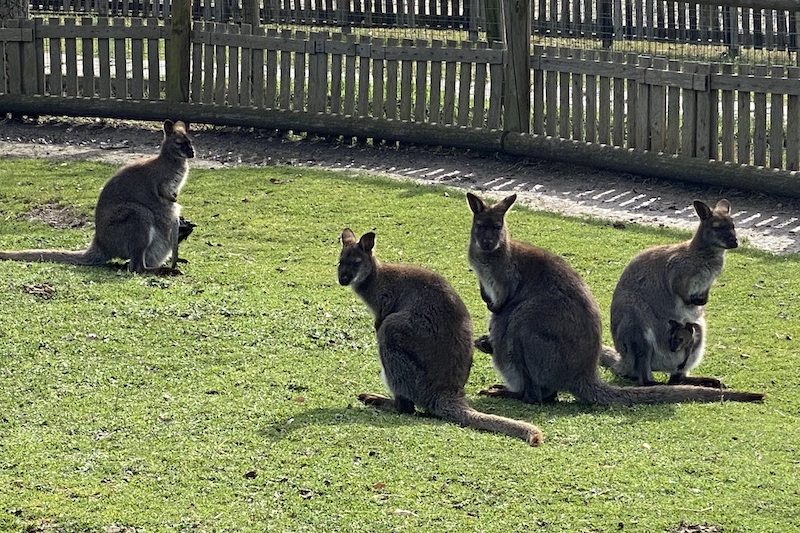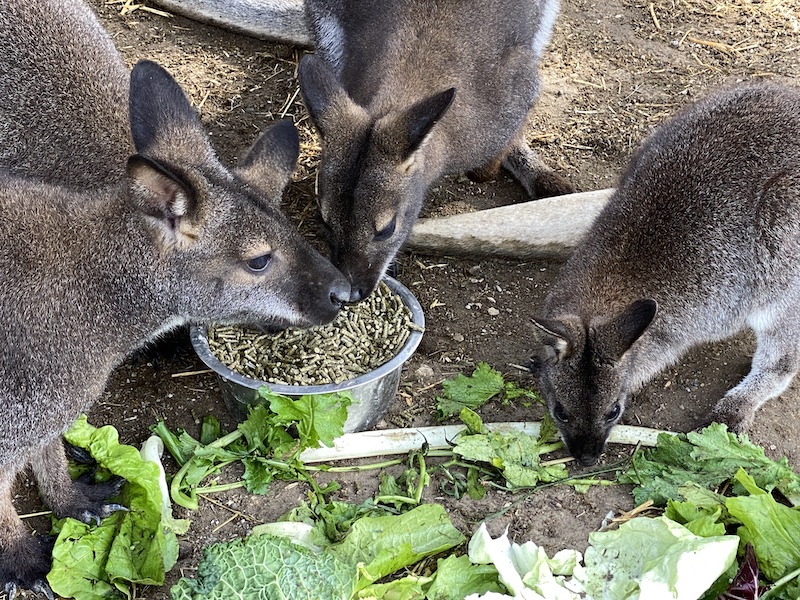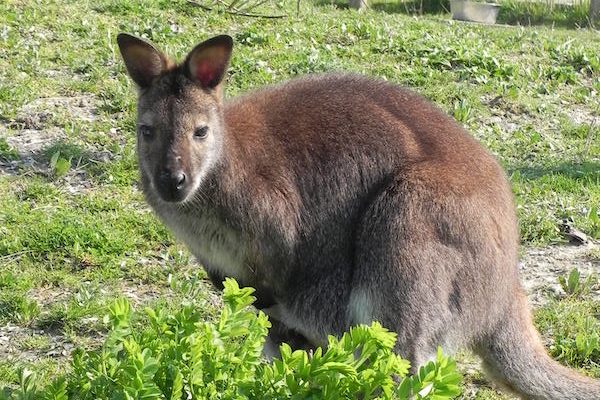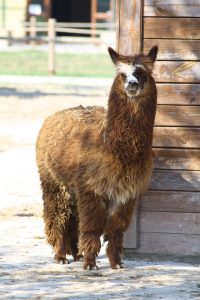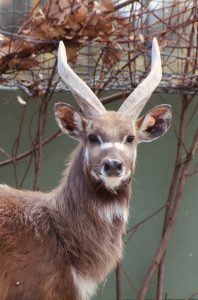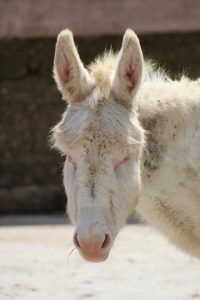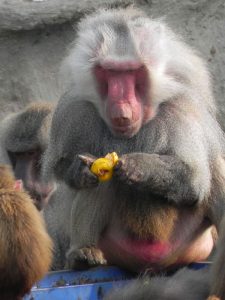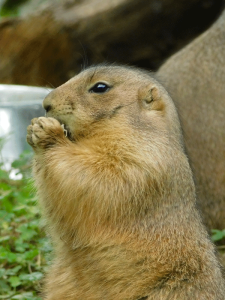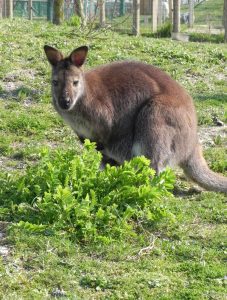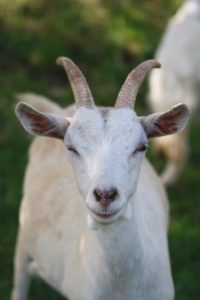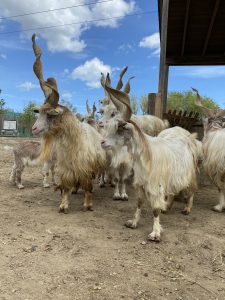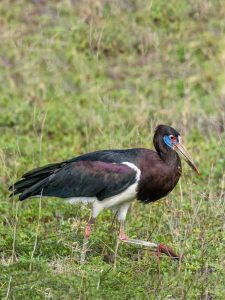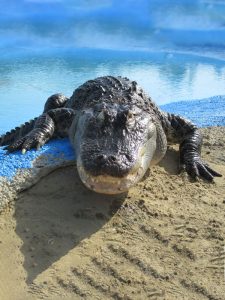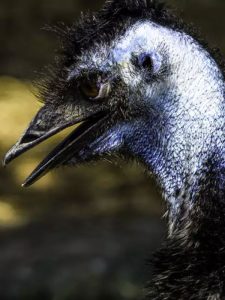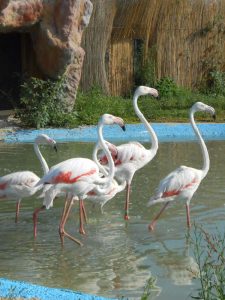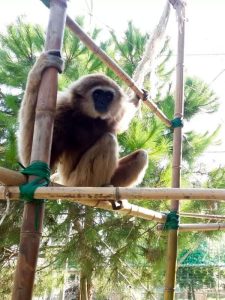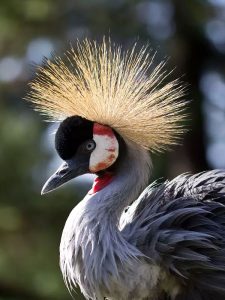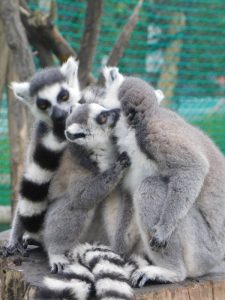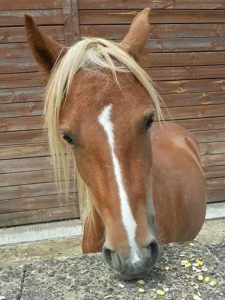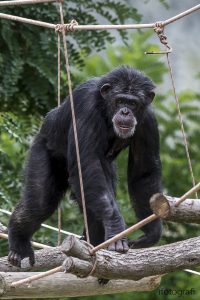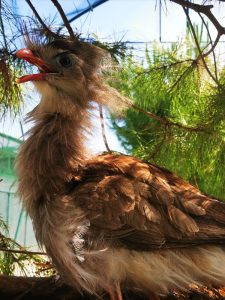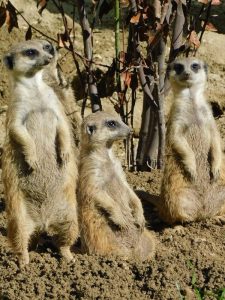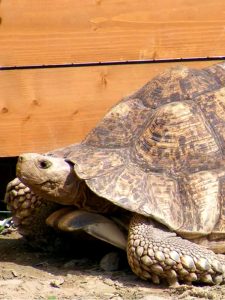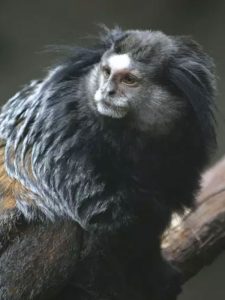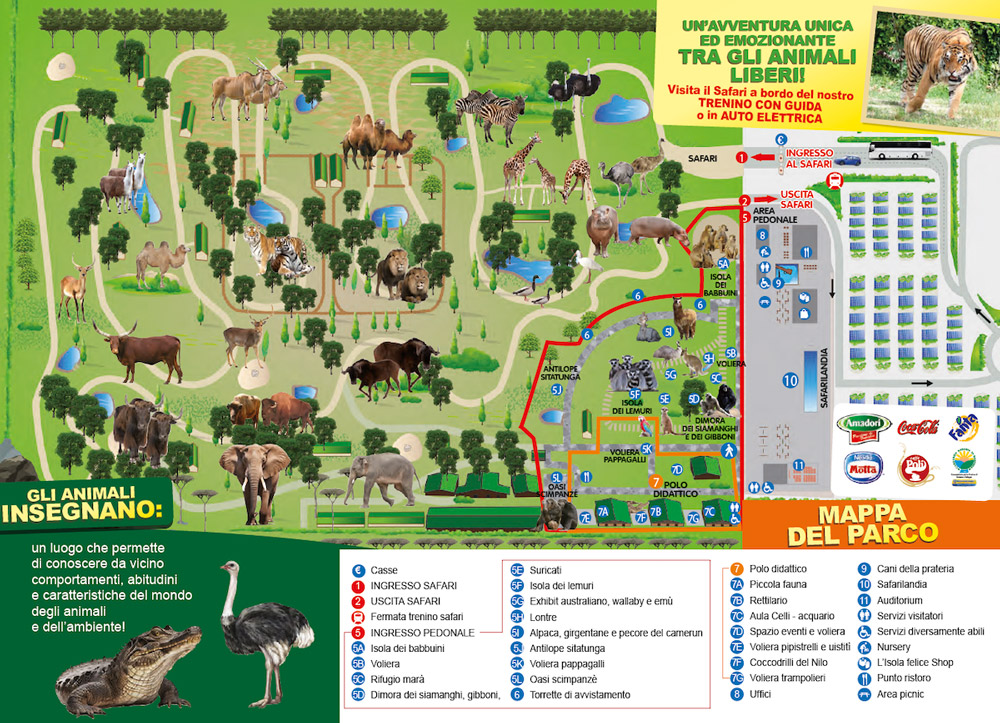Area Pedonale

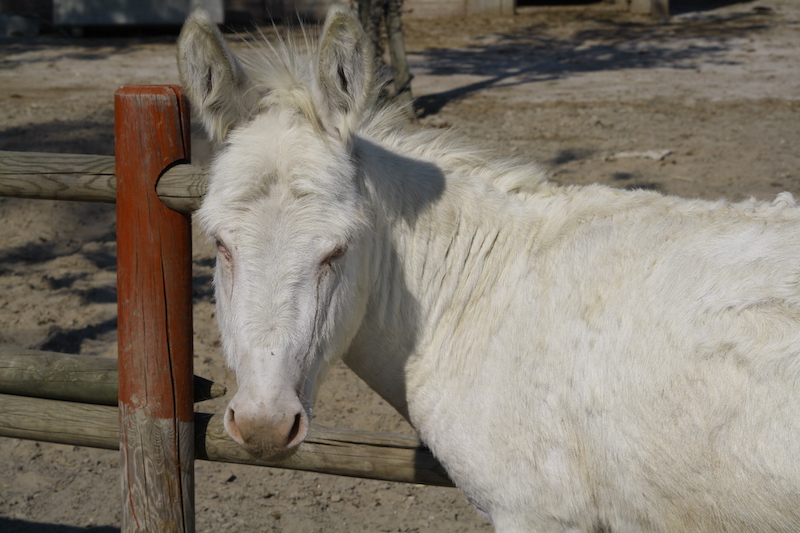
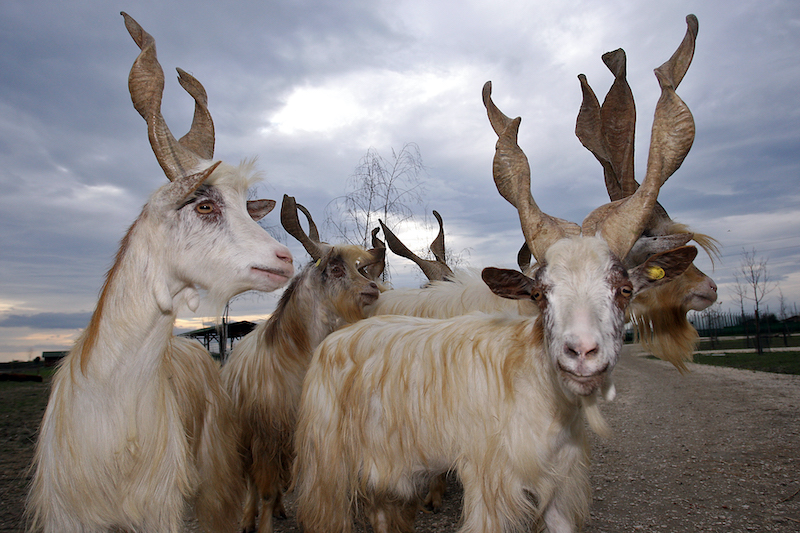
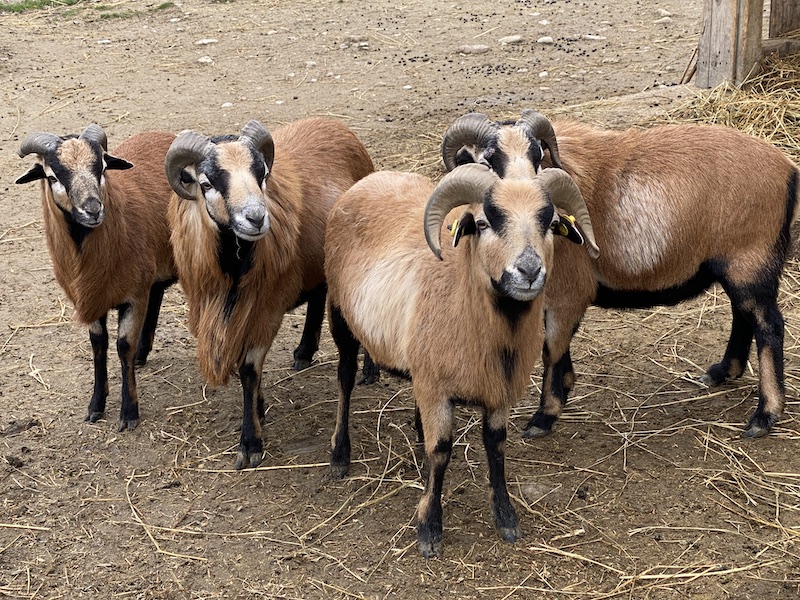

Pedestrian Area at Safari Ravenna
The Pedestrian Area is a space with enclosed zones where visitors can admire some of the more common animals as well as rare specimens. Within the Pedestrian Area, you’ll find the Baboon Island, Lemur Island, Chimpanzee Oasis, Siamang and Gibbon Residence, and the Educational Hub including the “Reptile House” and educational classrooms such as “Celli Classroom” featuring a beautiful aquarium, and the “Small Fauna”.
Certainly, this area represents one of the most evolving sections within the park, enriched over the years with new and beautiful exhibits, including:
Meerkats / Otters / Save The Parrot Aviary / Large Aviary
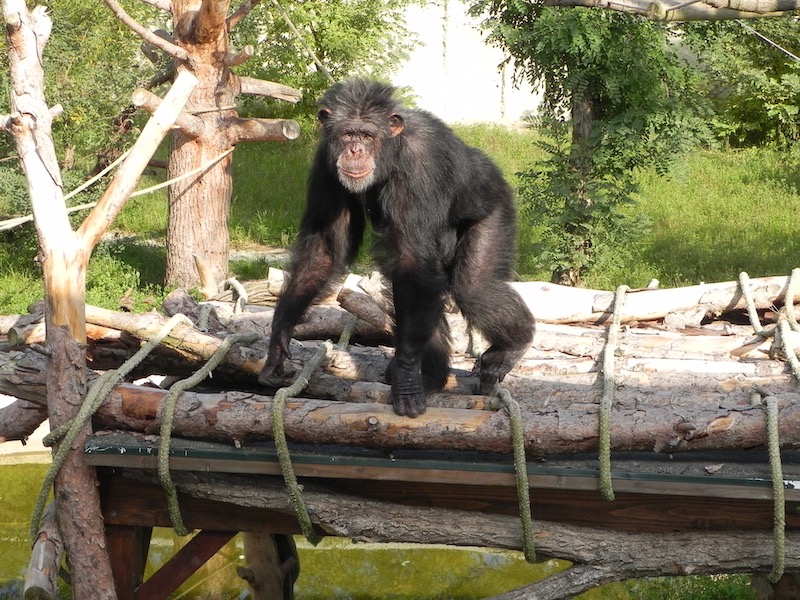
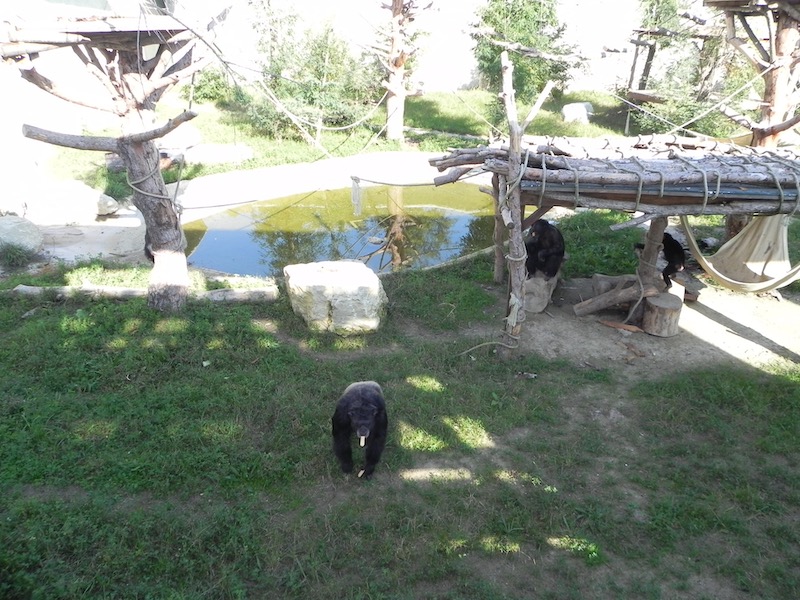
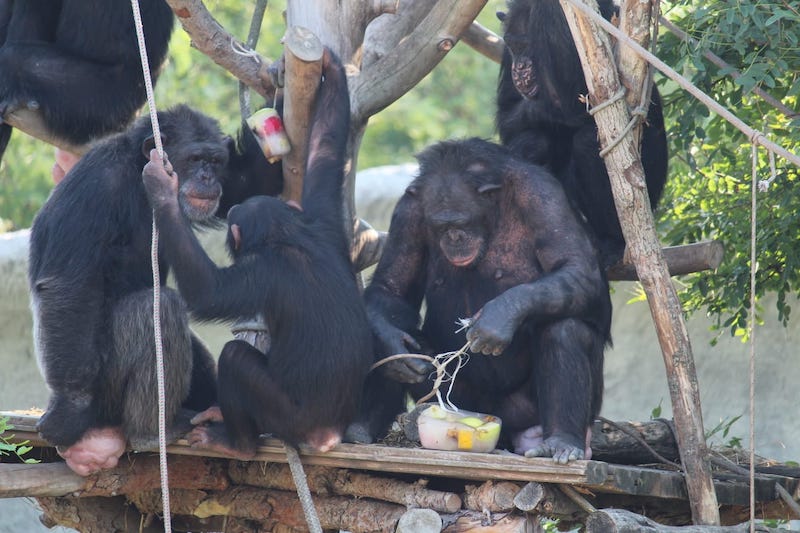
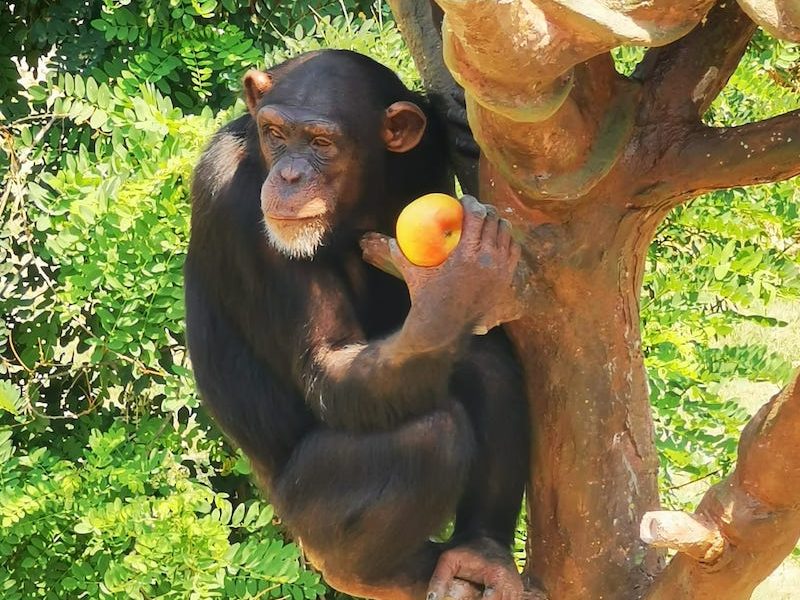
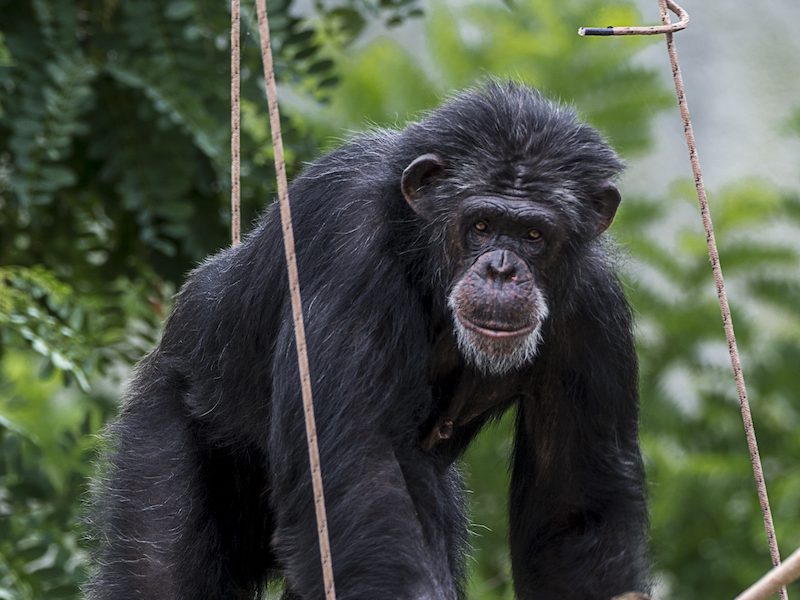
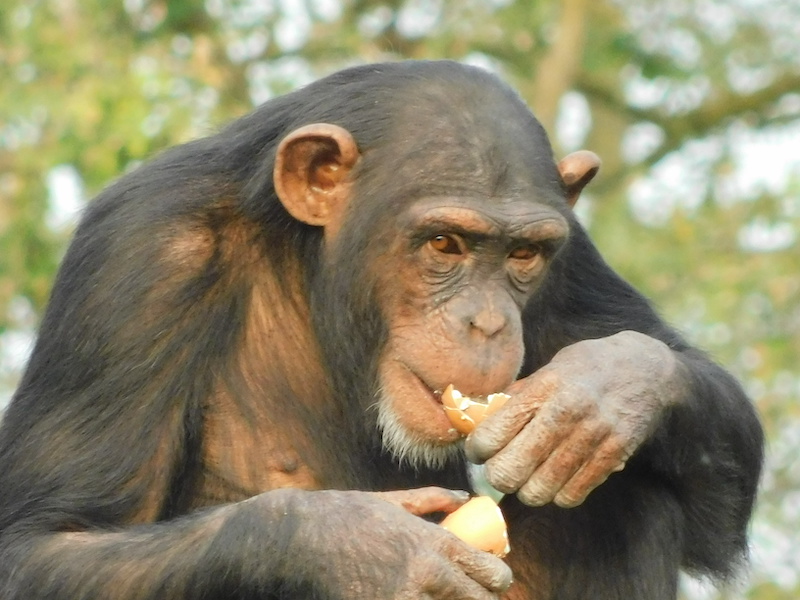
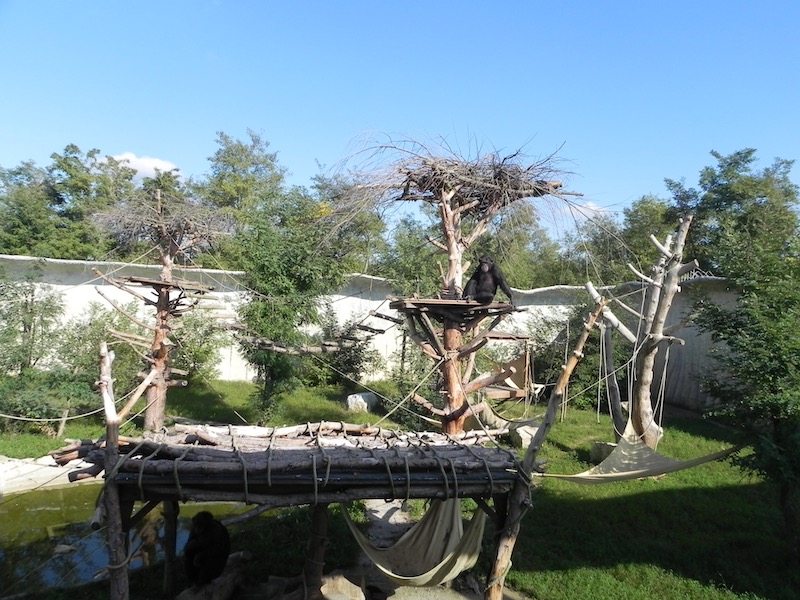
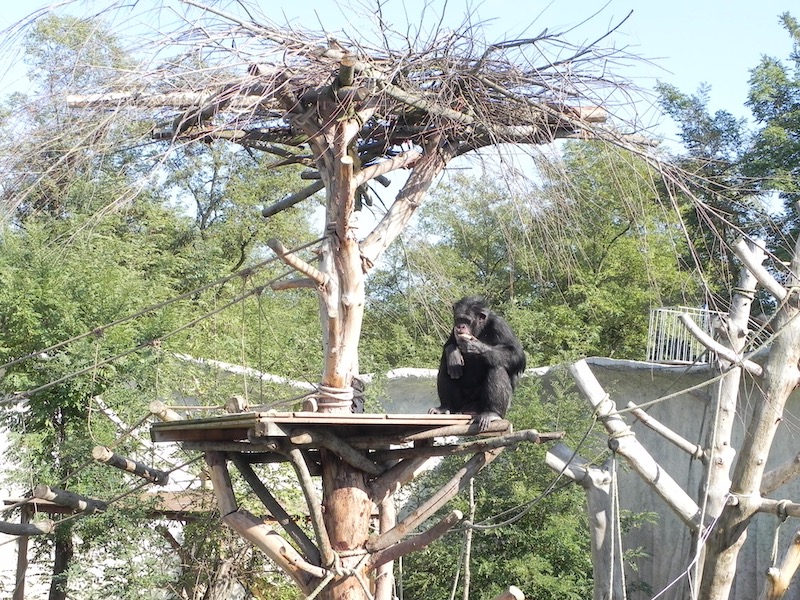
The guinea chimpanzee oasis
A highlight of our park. This area represents a true excellence among Italian zoological gardens. In 2015, a dedicated outdoor area of approximately 1,500 square meters was created, rich in vegetation, trees, and water, complemented by an indoor section of about 300 square meters not visible to the public. Quest’area rappresenta una vera eccellenza tra i giardini zoologici italiani. Nel 2015 è stata creata una apposita area di circa 1.500 mq all’aperto, ricca di vegetazione, alberi e acqua completata dal settore indoor di circa 300 mq non visibile al pubblico.
Through the large external windows, visitors can observe Ushi, Funny, Babsy, Peggy, Japi, and Nicky, all arriving from Germany with interesting past stories that you can delve into with dedicated keepers.
The genetic investigations conducted on these specimens, also part of the European Ex Situ Programme (EEP) of the European Association of Zoos and Aquaria (EAZA) aimed at the conservation of chimpanzees, have highlighted results of extreme importance confirming their belonging to the verus subspecies, the most threatened among the 4 existing subspecies. The specimens at Safari Ravenna represent a new genetic line aimed at improving the biodiversity of the European population. For this reason, following the recommendations provided by the EEP committee, the transfer of a male breeding specimen from Safari Ravenna to the Ostrava Zoo was carried out to avoid mating with females belonging to the same family group. At the same time, in March 2019, Nickel and Jasper, two male specimens from the Welsh Mountain Zoo (Colwyn Bay, Wales), arrived at the Park in Ravenna, and this year Kinari, from the Walter Zoo in Switzerland in Gossau, was added.
This will allow us to start an ambitious breeding project that, we hope, will soon expand the family with the arrival of a cub!
The Residence of Siamangs and Gibbons
This area is dedicated to four charming specimens, custom-built in 2017 to accommodate them in the most suitable way possible. Here, you can meet Lisa and Barth, delightful white-handed gibbons who respectively arrived from the Falconara Zoo and the Exmoor Zoological Park in the United Kingdom. Right next to them, you’ll encounter Franz and Hans, siamang brothers who arrived from the Duisburg Zoo in Germany. In their exhibit, you can admire them as they perform their characteristic swinging movement, which allows them to conserve energy by using their bodies as pendulums, reaching speeds of up to 50 km/h. They mainly feed on leaves, which they search for throughout the entire day in nature, but they also enjoy fruits. For this reason, our keepers dedicate themselves daily to imaginative environmental enrichments to stimulate them in food foraging, just as it would occur in nature!
Both the gibbons and siamangs in our zoo garden are part of the European Eaza Programme (EEP), which aims to preserve the conservation of threatened species in nature through regular exchange between zoological gardens.
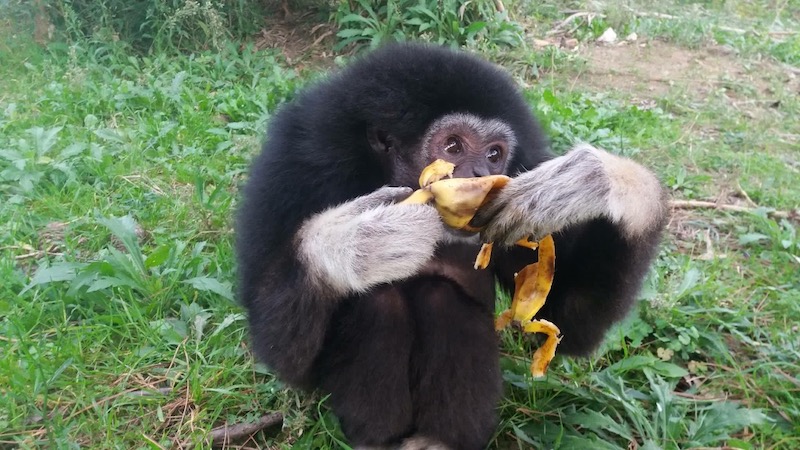
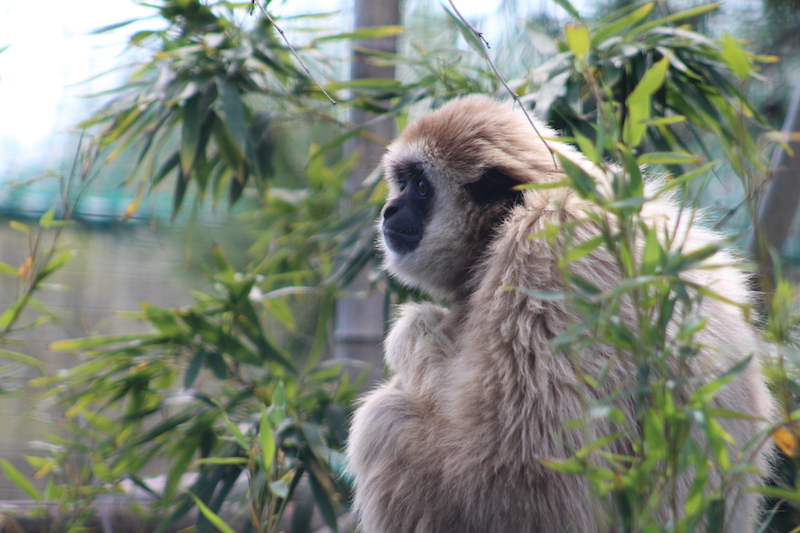
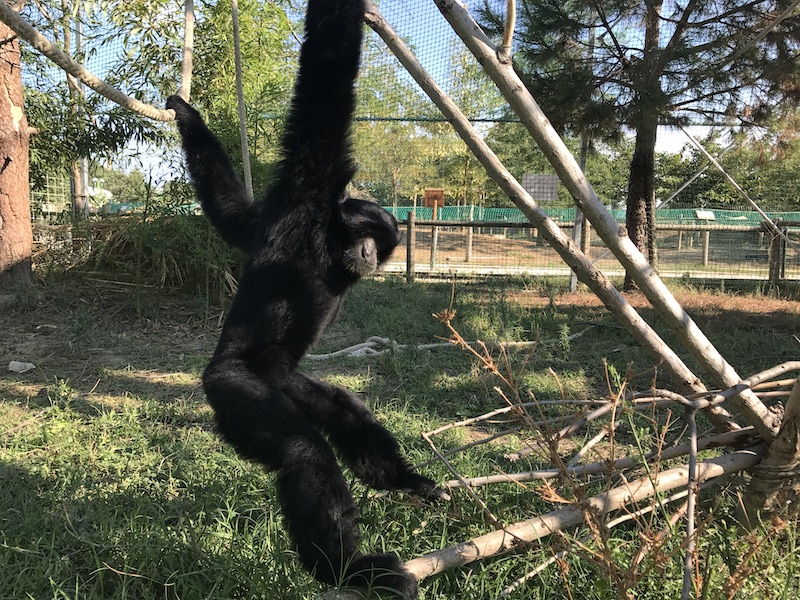
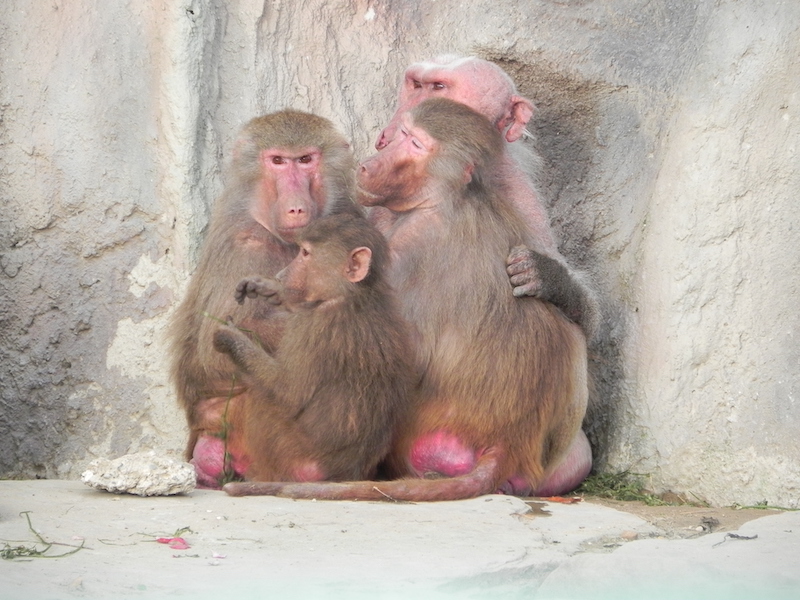
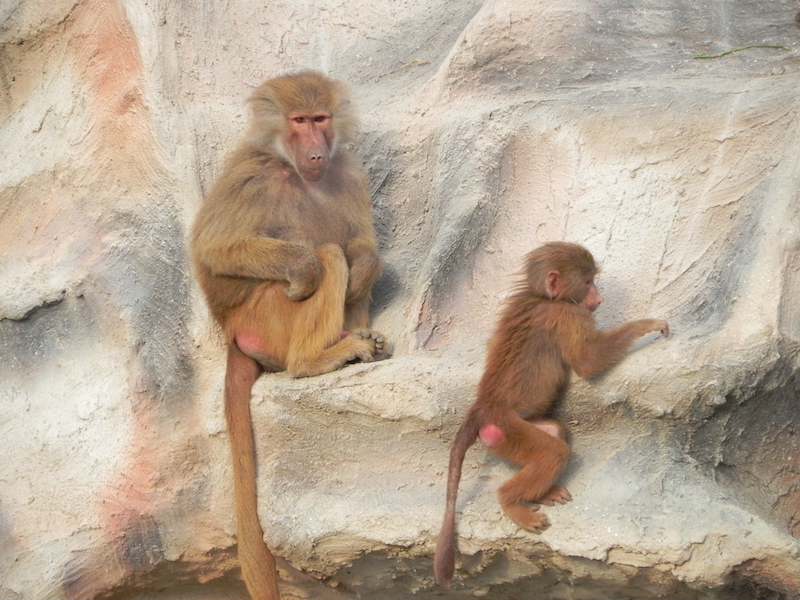
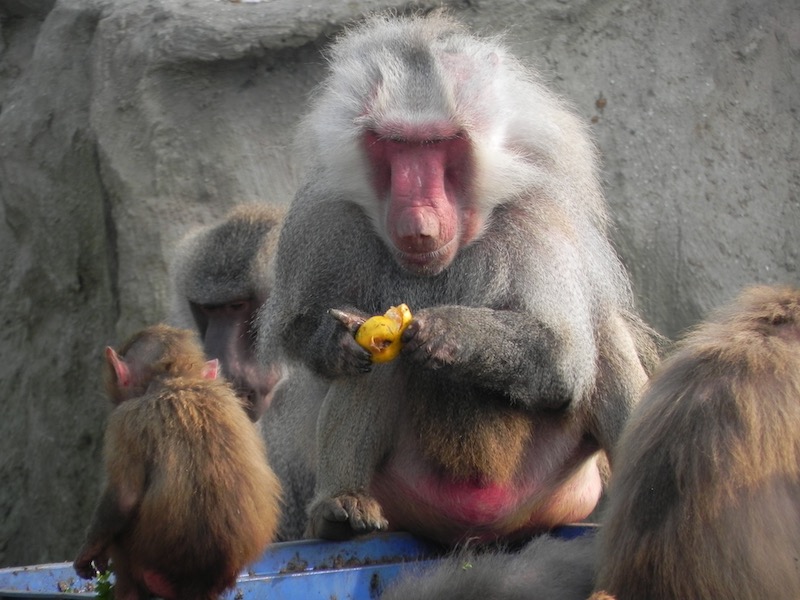
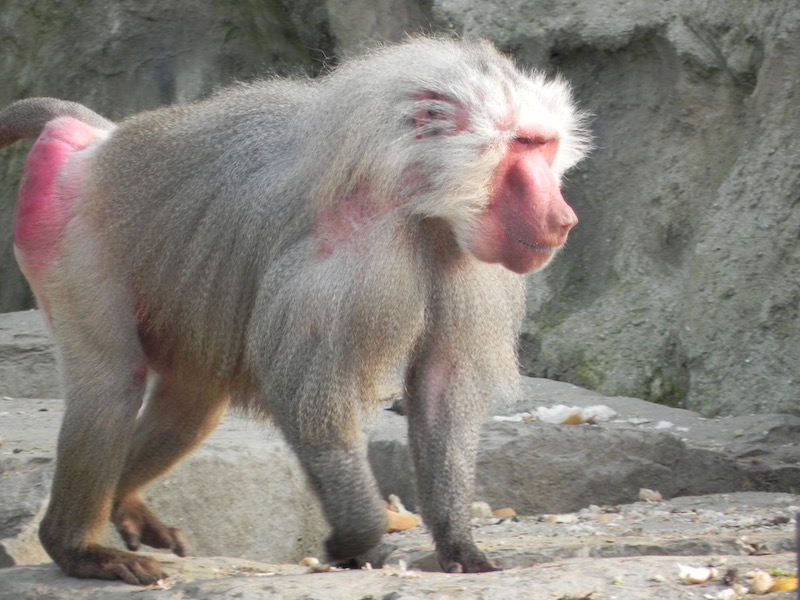
The Baboon Island
An exhibit entirely dedicated to these charming specimens, designed specifically by expert zoo designers, balancing the needs of both the animals and the public and keepers. Through a large window and designated observation towers, visitors can observe the over 40 specimens present in our park, witnessing their group dynamics and social behavior.
Lemur Island
In this area, you can immerse yourself in the wonderful world of Madagascar and have a close encounter with King Julien and his friendly companions. One of our experienced keepers will always be present and ready to answer any questions from our visitors about these playful rascals.
Lemurs are found exclusively in Madagascar (and the nearby Comoros islands), and there isn’t just one type of lemur, but four living families and three extinct ones. Currently, there are over 80 known species and subspecies of lemurs, differing in appearance, size, and habits: it seems that such variety developed due to the geographical isolation of Madagascar, where lemurs are believed to have arrived about 35 million years ago. It will be impossible not to notice their large, lively eyes, allowing you to understand the relevance to the meaning of the word “lemur,” from the Latin “lemures,” which refers to the spirits of the night in Roman mythology.
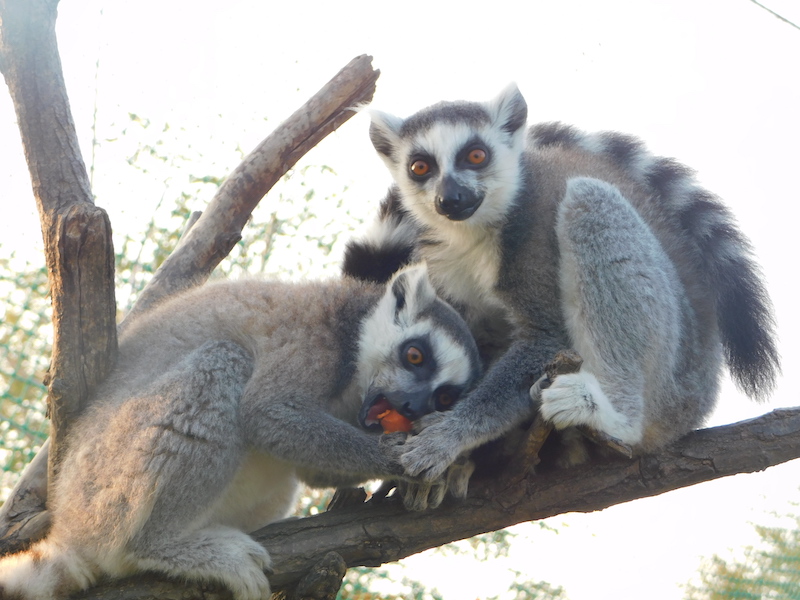
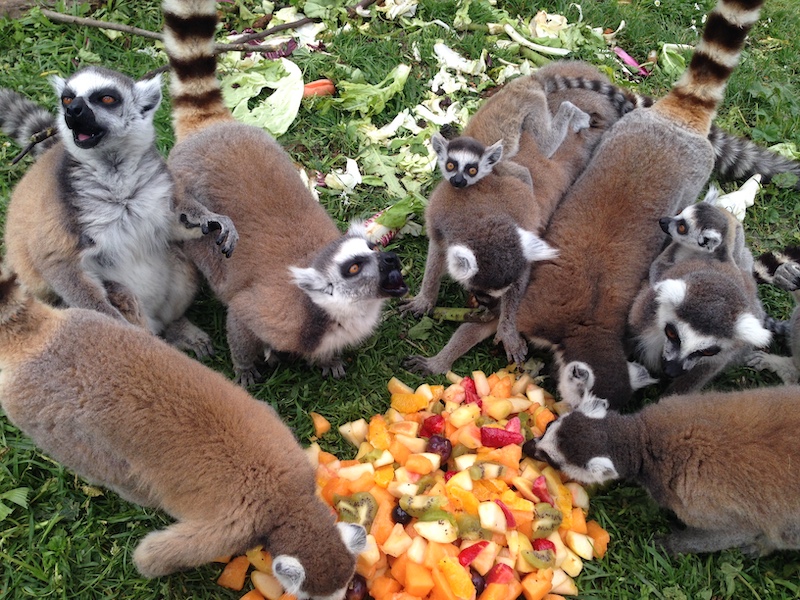
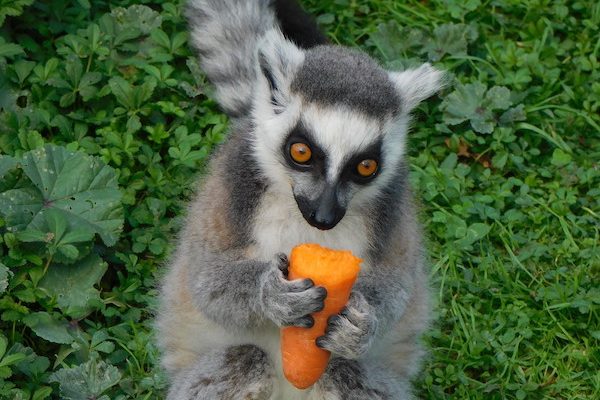
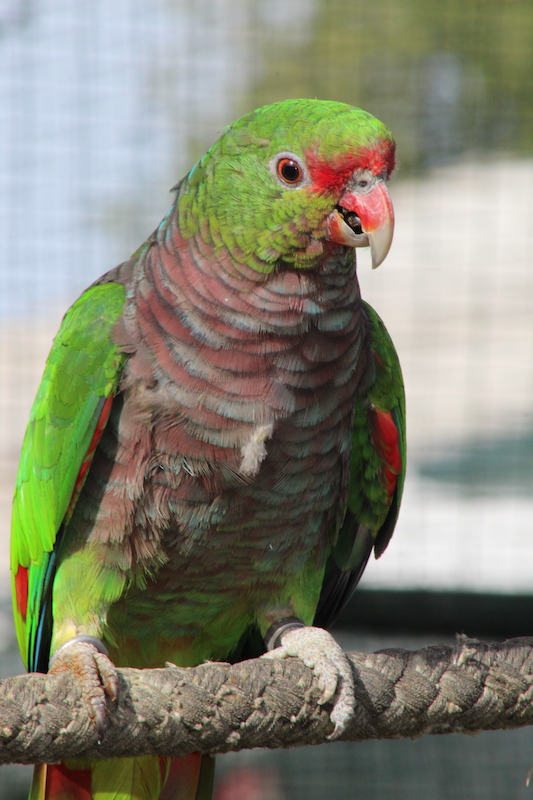
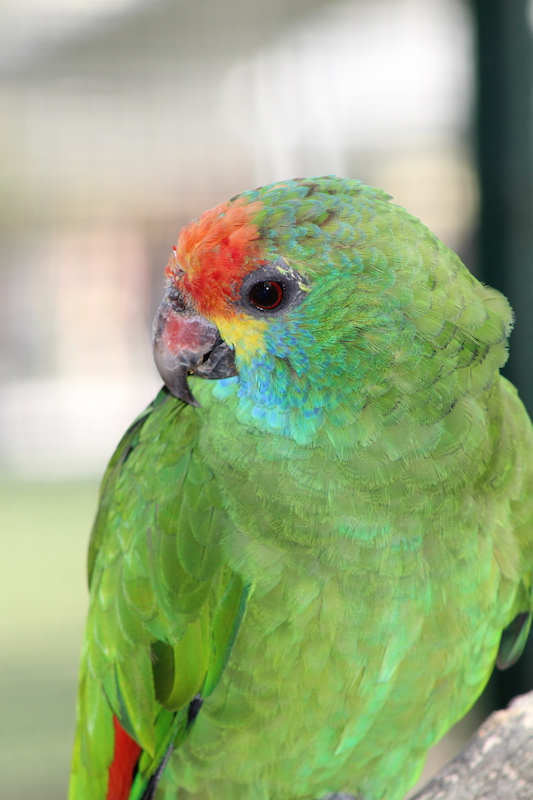
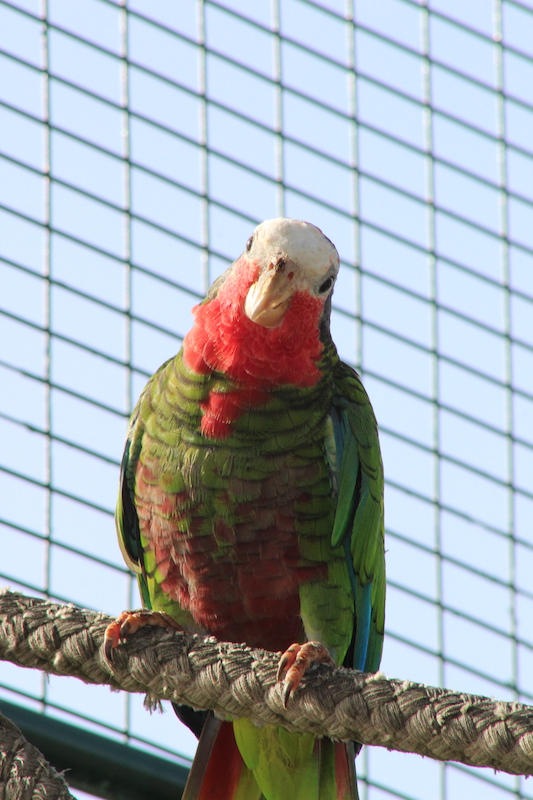
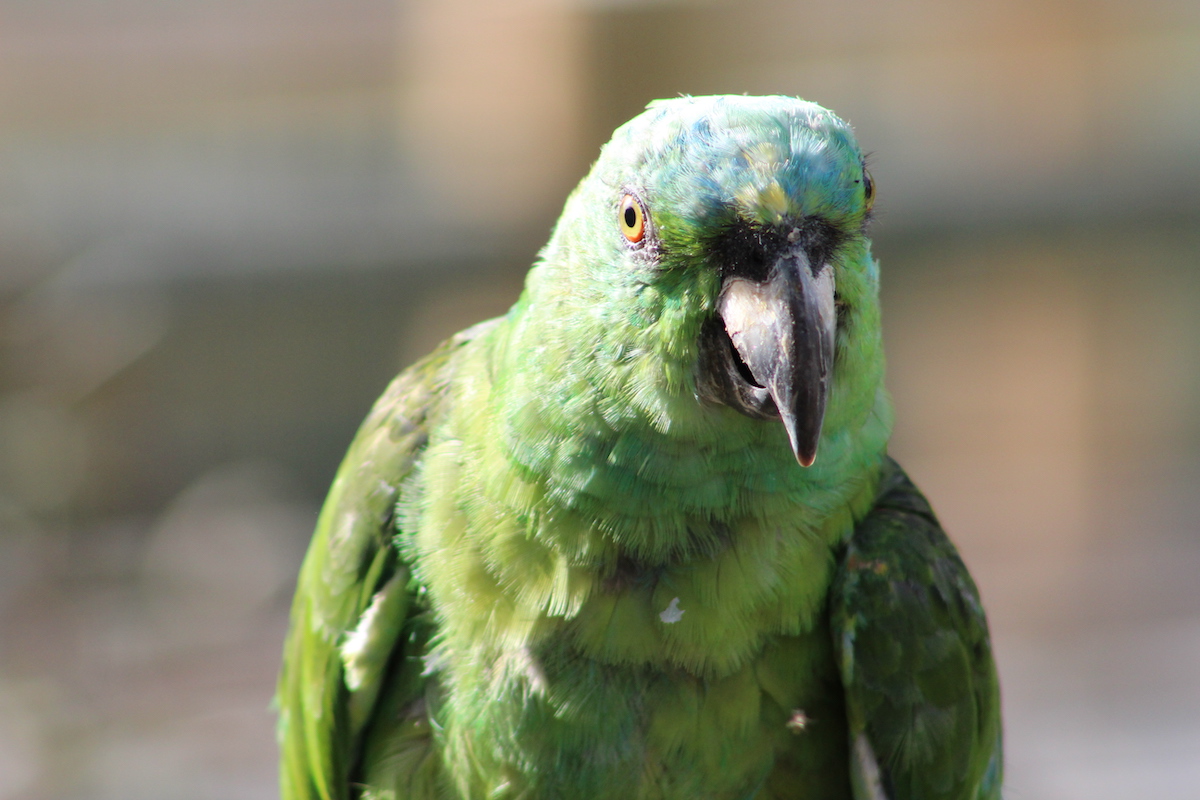
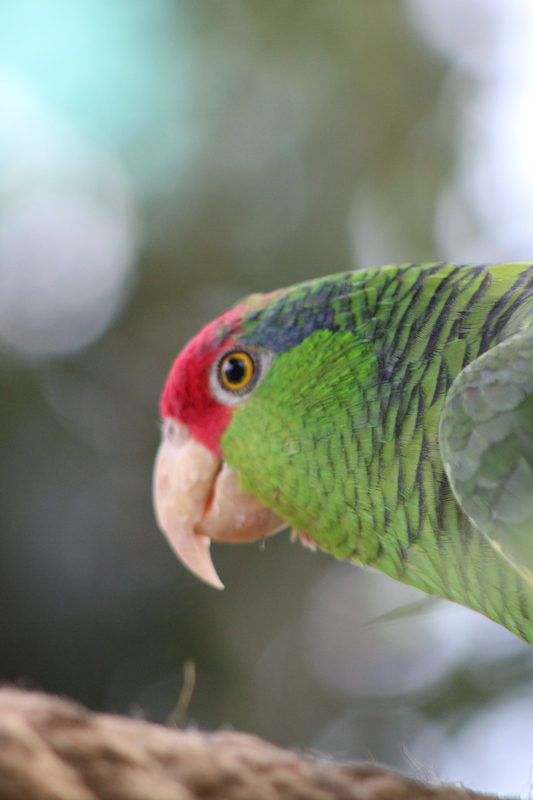
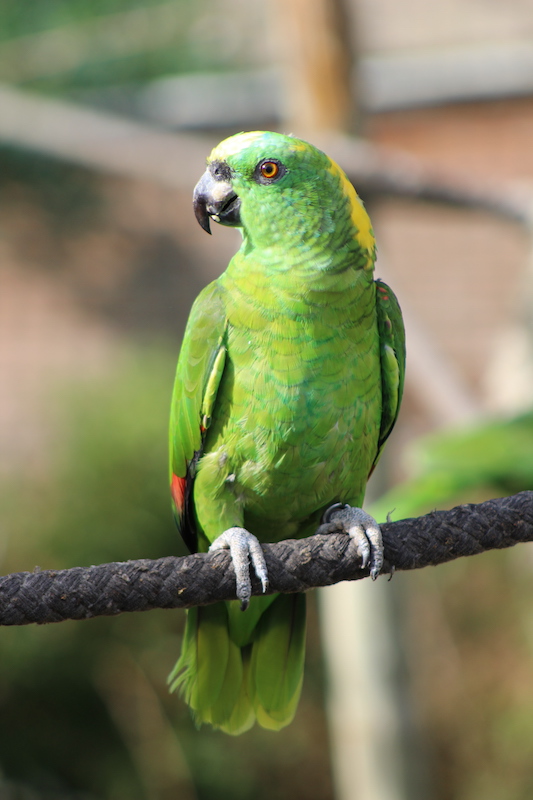
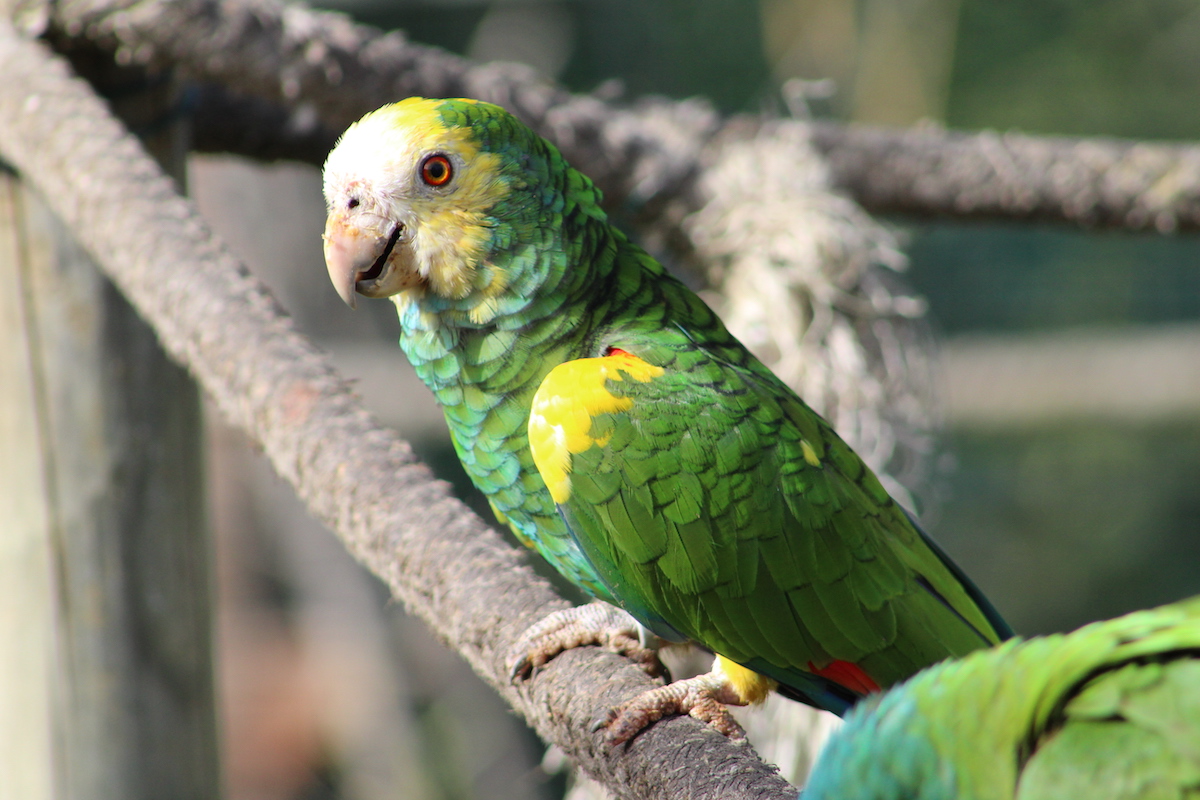
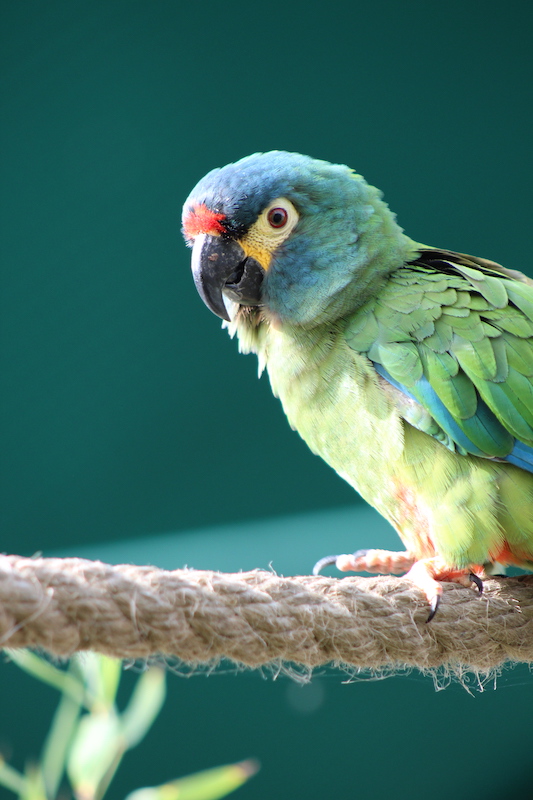
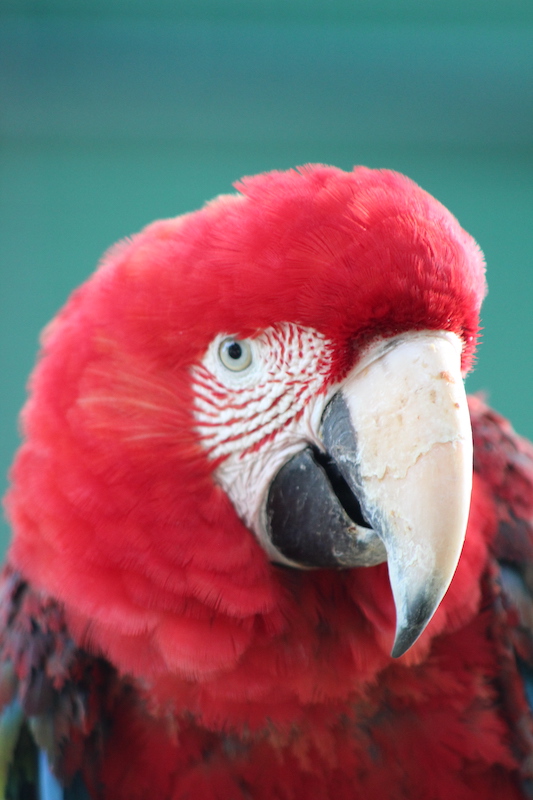
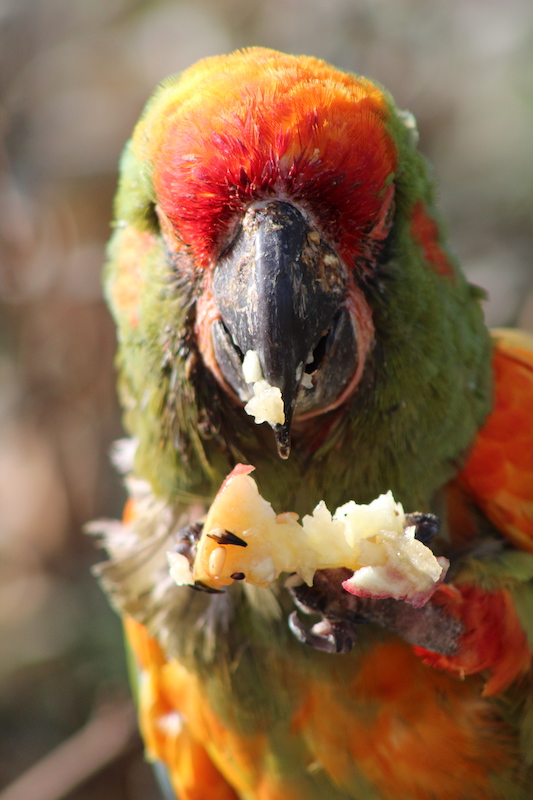
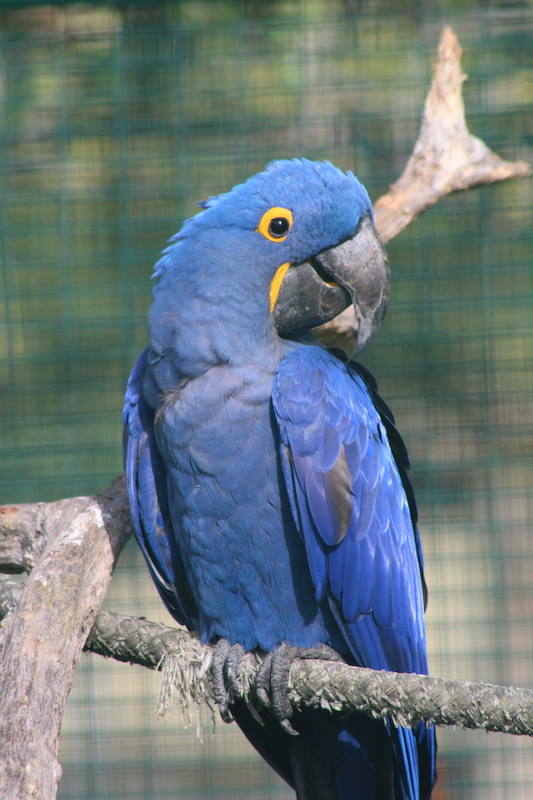
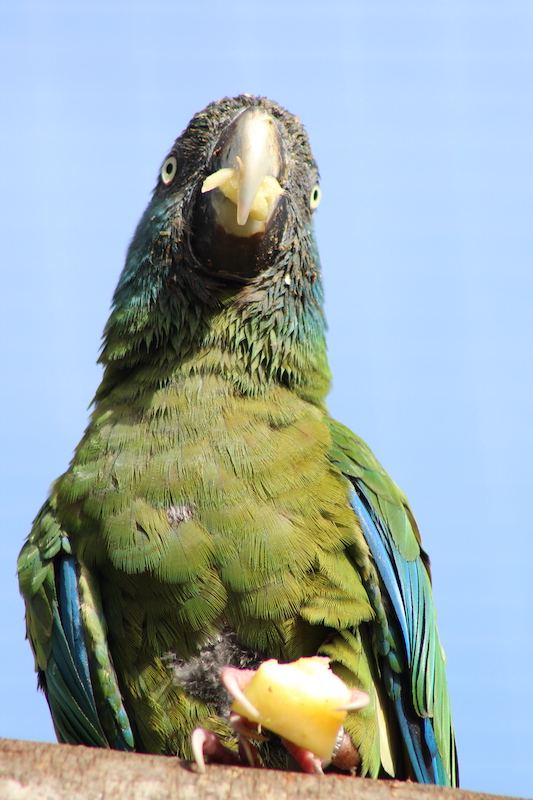
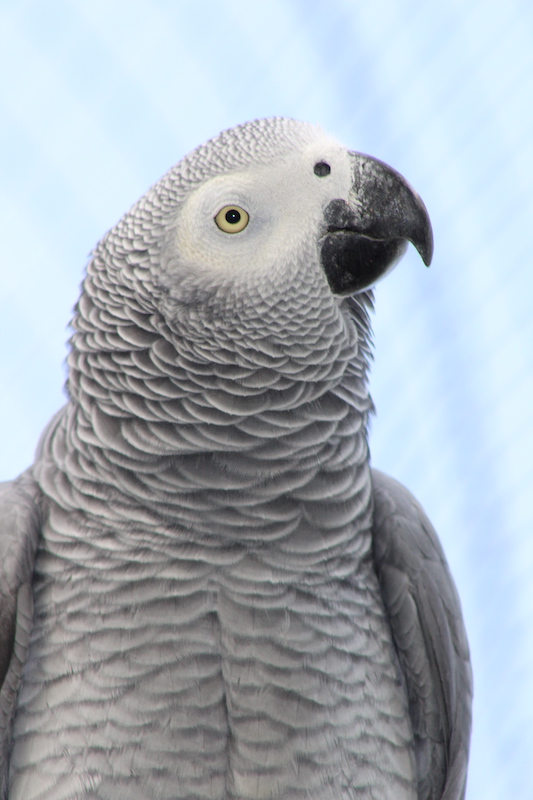
Save the Parrot Aviary
Safari Ravenna is the headquarters of the “SAVE THE PARROT” project, which aims to help and save parrots seized for illegal trafficking. The parrots, all belonging to threatened species, will be ambassadors for their counterparts in the wild. Help us support the conservation of natural habitats and endangered species. Habitat loss due to deforestation and trafficking of endangered species are the main causes of their decline. Knowledge and respect are the basis of activities aimed at supporting conservation.
The Reptile House
In the Reptile House at Safari Ravenna, there are over 20 specimens divided into the 3 subfamilies that distinguish reptiles:
Armored reptiles: including crocodiles, caimans, gharials, and alligators. Our Park boasts, in addition to the presence of Nile Crocodile and Cuvier’s Dwarf Caiman, 2 African Dwarf Crocodiles from which Congo and Maiti were born, the only specimens born in Italy in a protected environment.
Scaled reptiles: featuring lizards (geckos, lizards, and iguanas) and snakes (ophidians).
Shelled reptiles: further divided into turtles (aquatic) and tortoises (terrestrial).
The Reptile House at Safari Ravenna was designed by the best experts in the Italian zoological circuit: built inside a thermally insulated building and regulated at ideal temperatures for the specimens, it is managed by highly qualified personnel. Each enclosure has been designed based on the needs of the individual animals housed within.
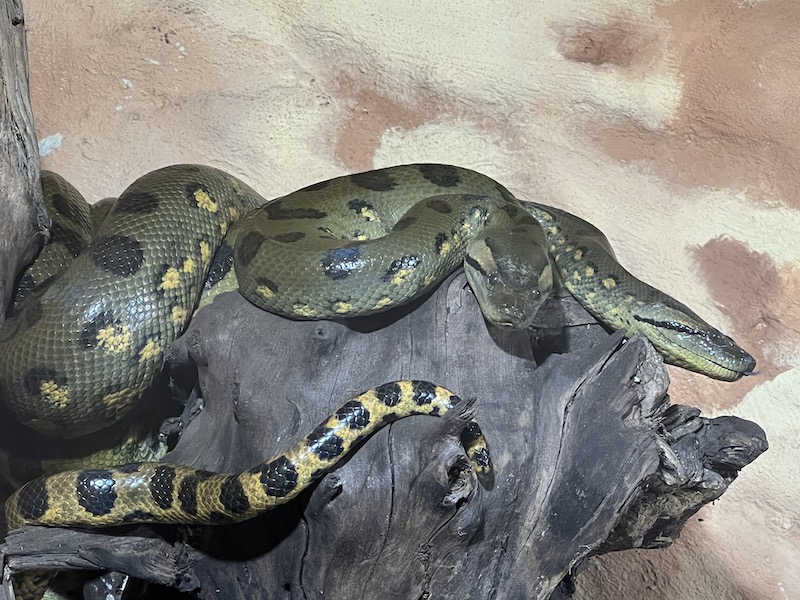
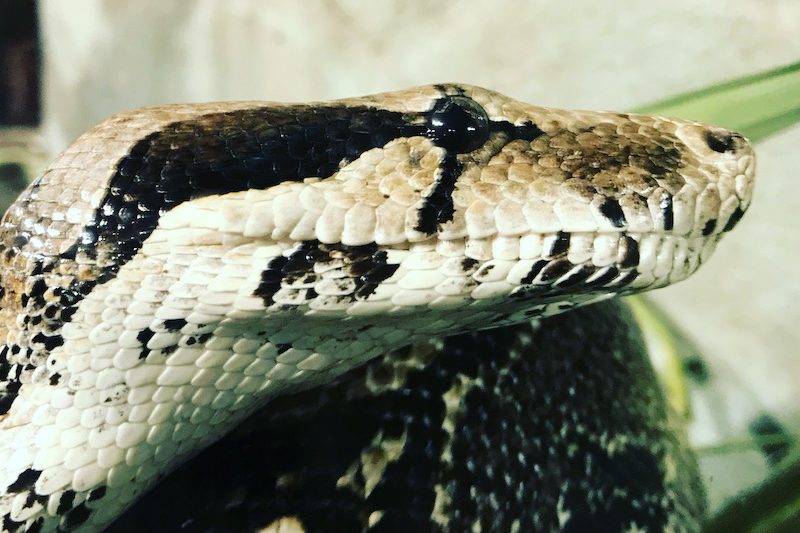
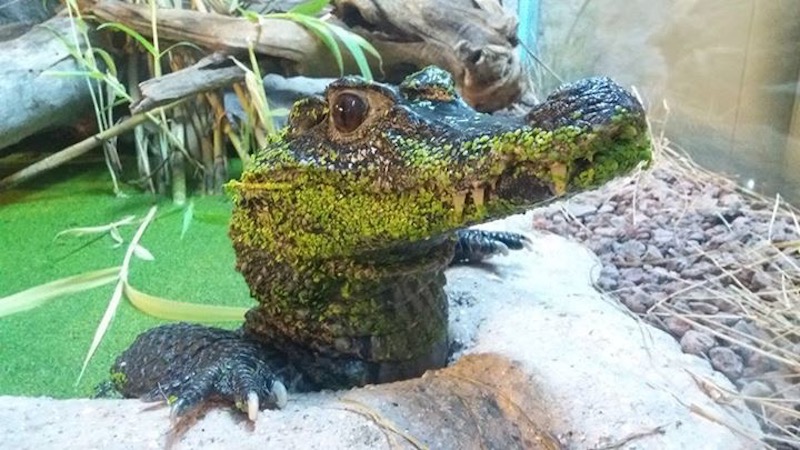
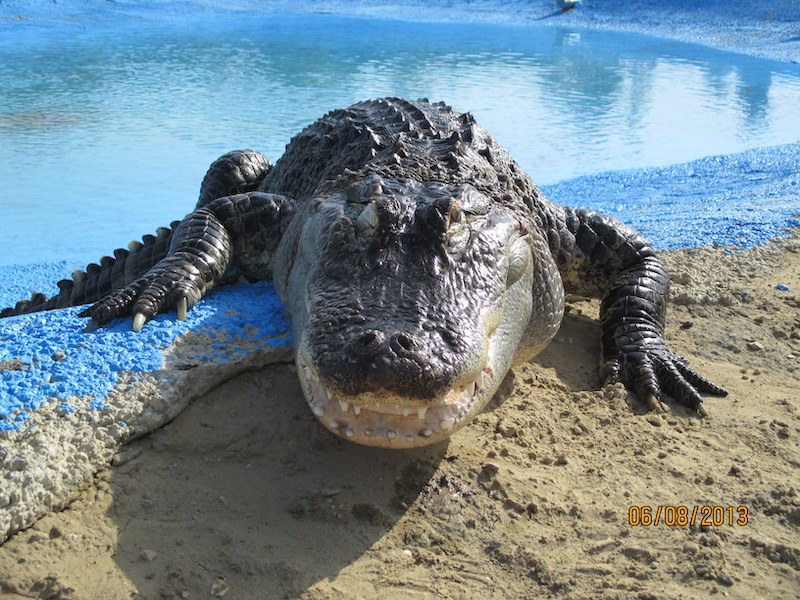
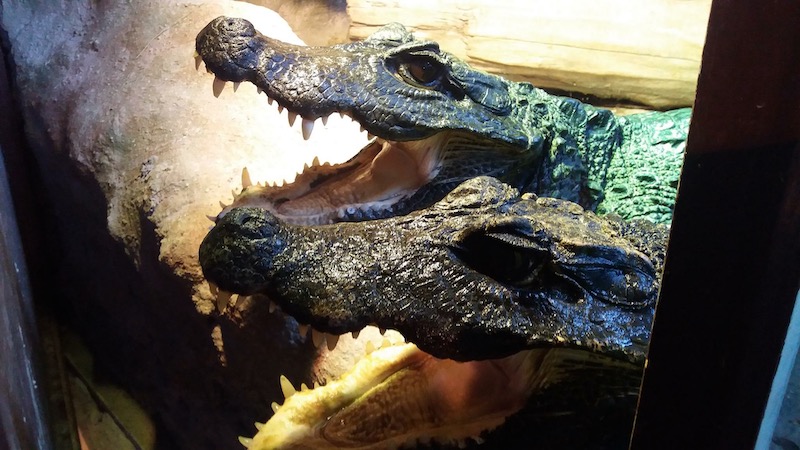
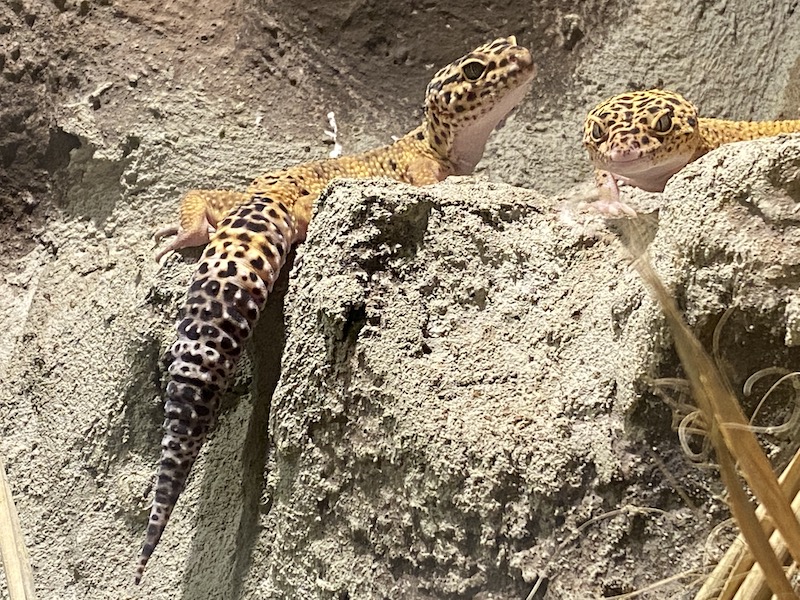
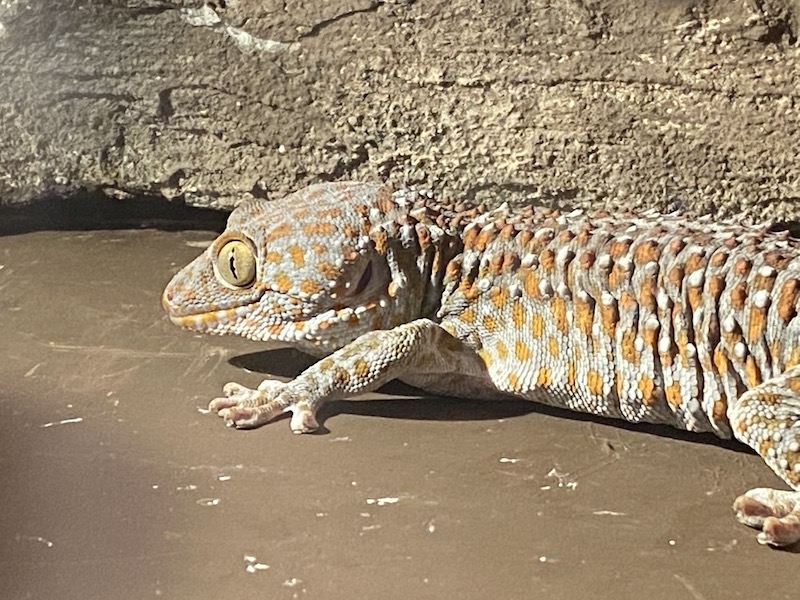
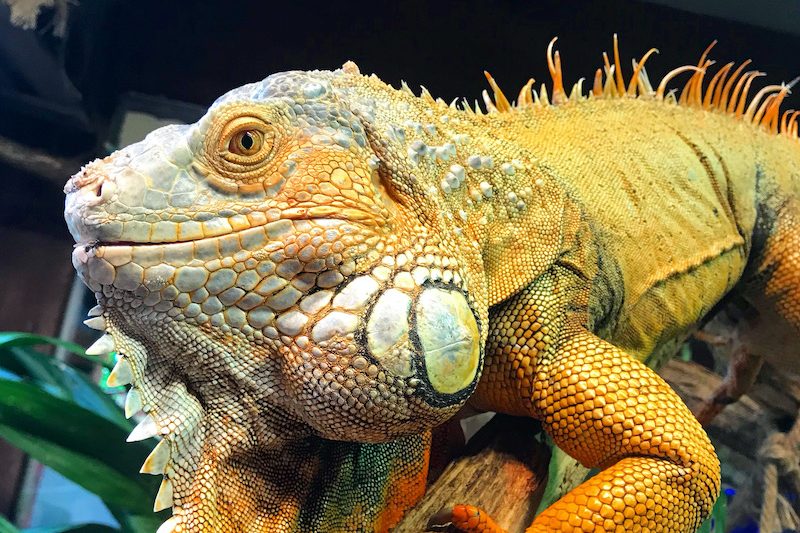
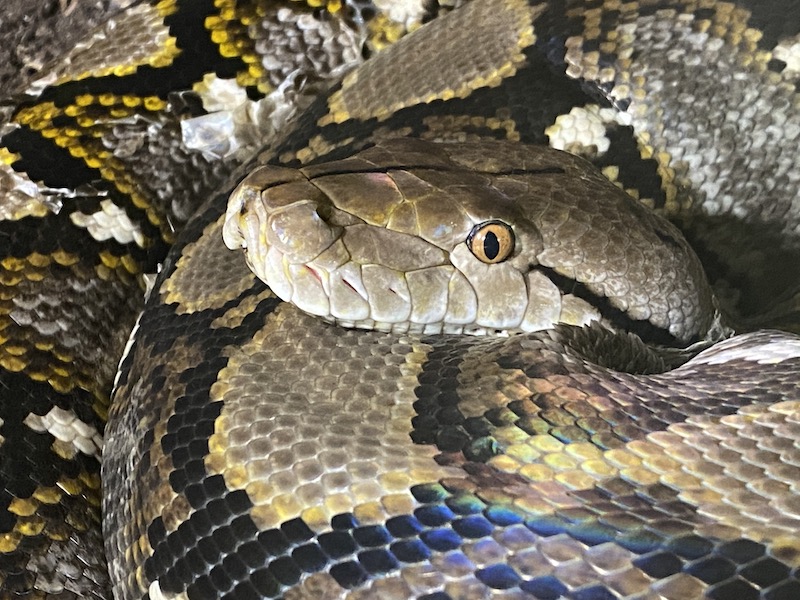
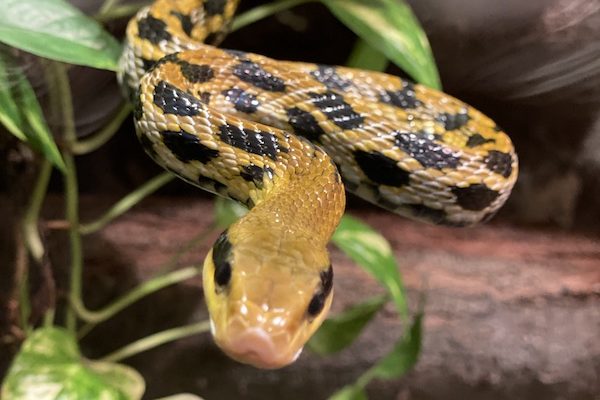
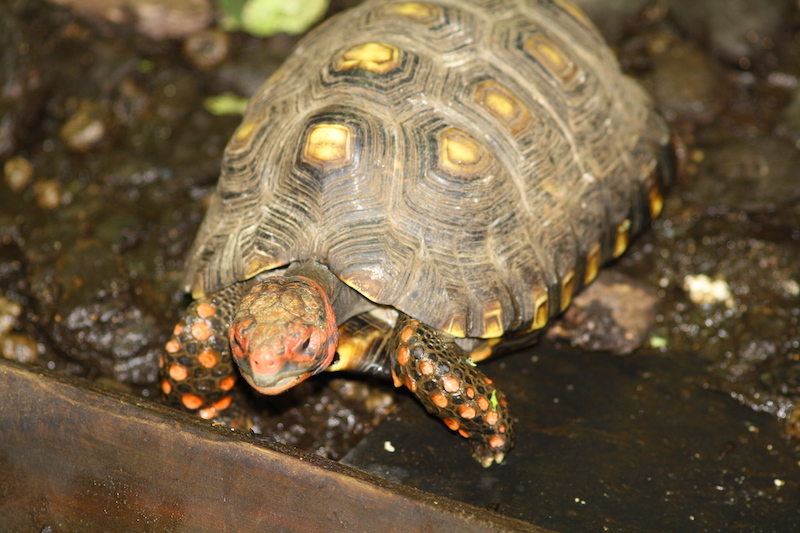
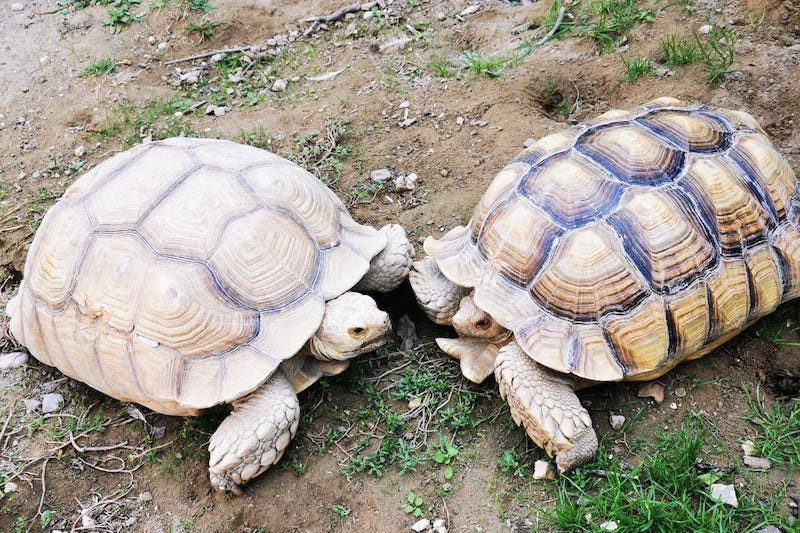
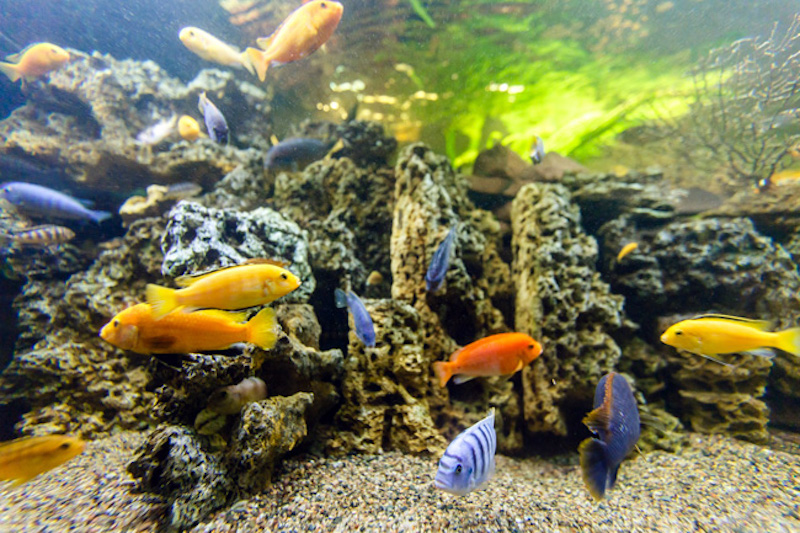
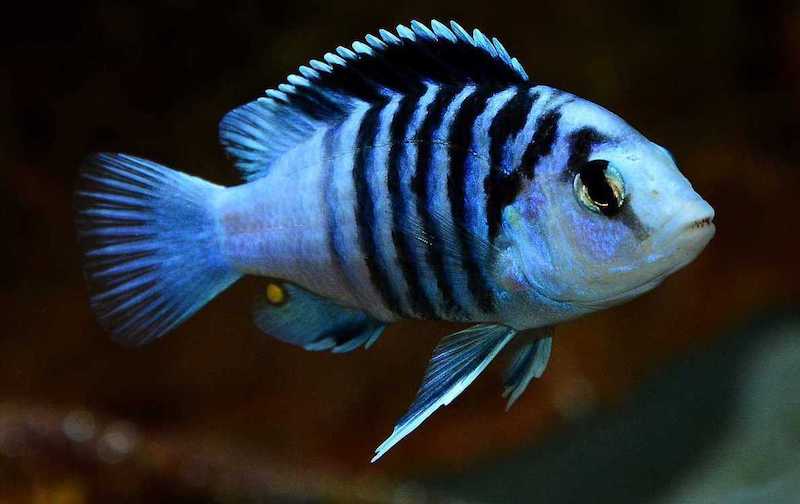
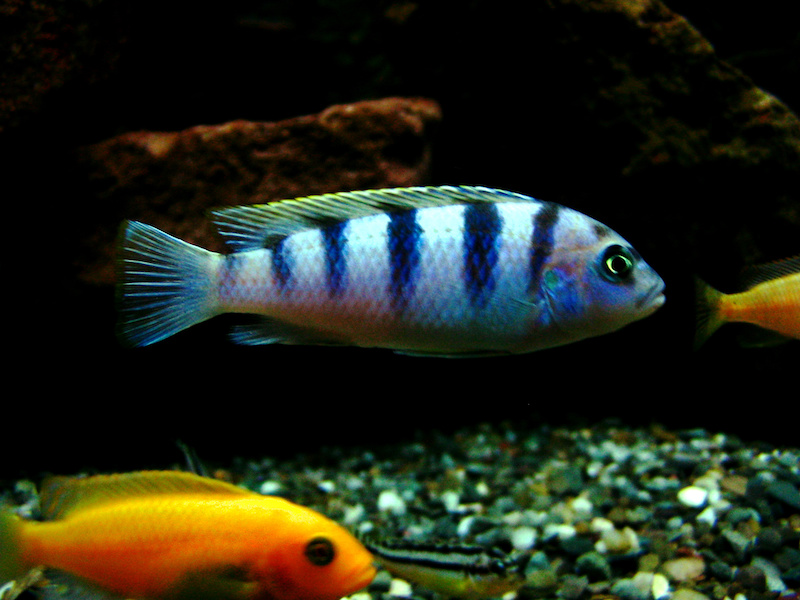
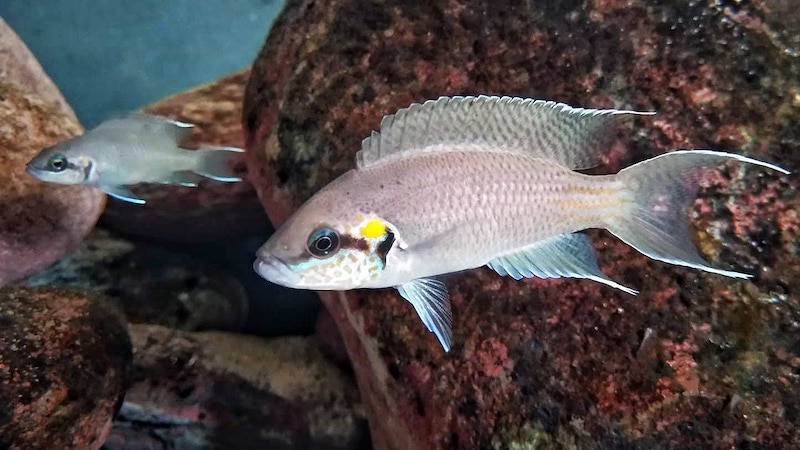
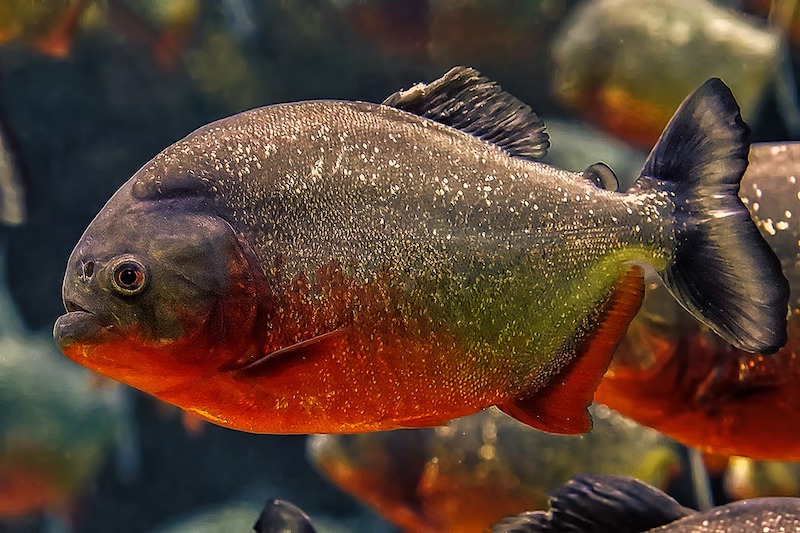
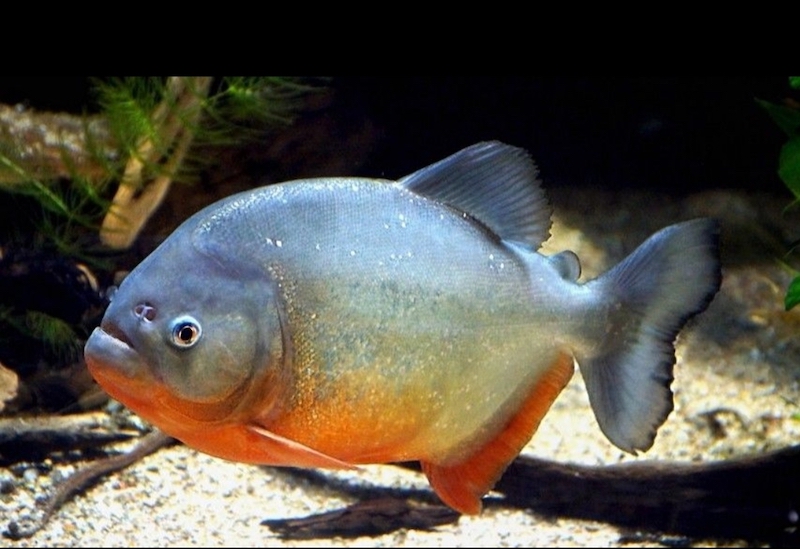
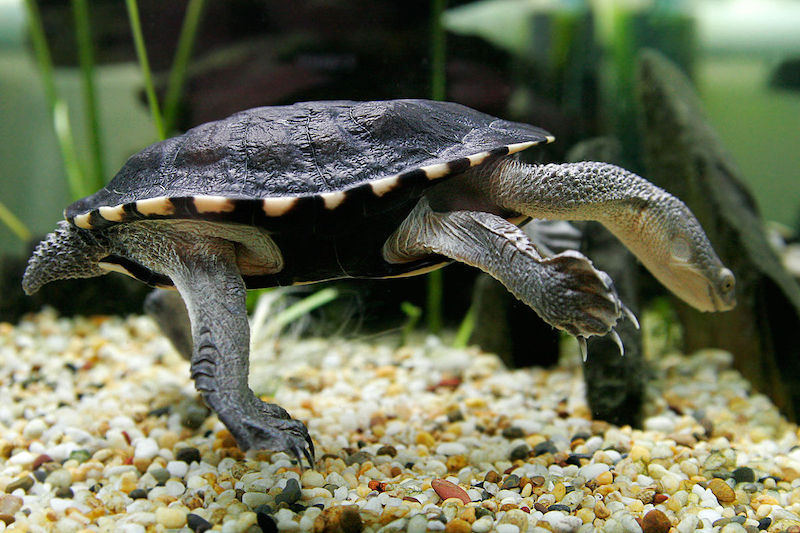
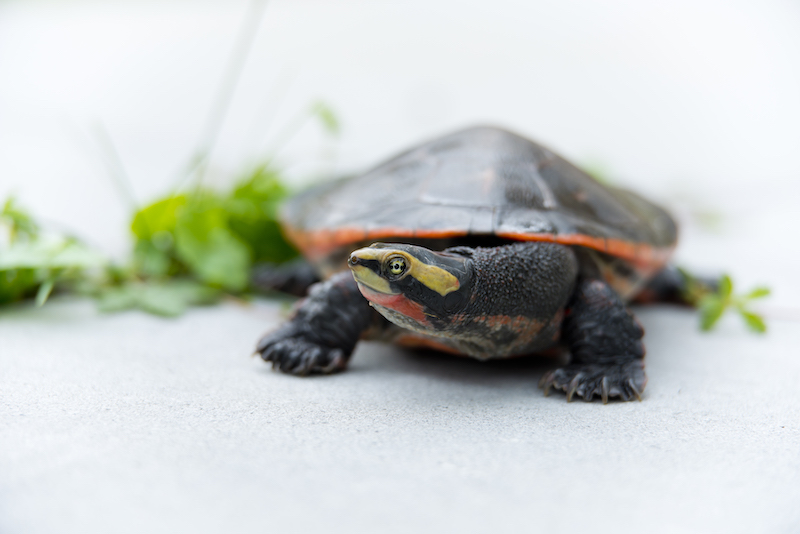
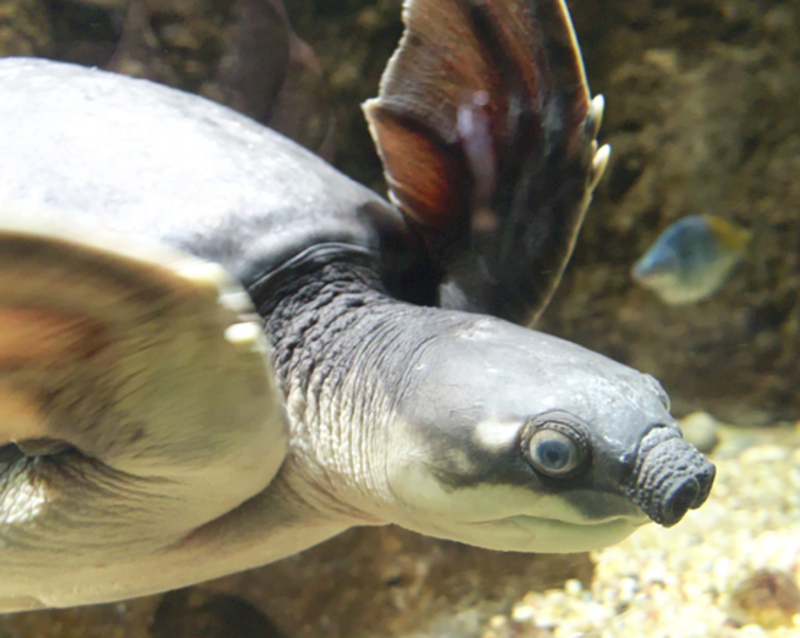
The Aquarium
At the Safari Ravenna Aquarium, we host species of cichlids from the 3 great African lakes: Lake Victoria, Lake Malawi, and Lake Tanganyika. We also have various species of aquatic turtles, including the endangered Carettochelys insculpta, and a group of red-bellied piranhas (Pygocentrus nattereri Kner). The tanks inside our building are monitored by expert staff, and within them, we have recreated a variety of habitats to meet the diverse needs of each subspecies.
Furthermore, our Park has become a partner of TURTLE ISLAND (based in Austria), a center of excellence for the defense, maintenance, and safeguarding of rare turtle specimens.
TURTLE ISLAND, with over 200 species and more than 1600 turtles, serves as an ark for species on the brink of extinction. Its daily work is characterized by scientific research, nature conservation, animal welfare protection, and species preservation. By hosting some of these specimens, Safari Ravenna aims to contribute to the conservation of the most endangered group of vertebrates on our planet.
A special thanks goes to Malawi Italian Lab for the presence of numerous cichlids hosted in our Aquarium, and to PRODAC International, a leading Italian company in the field of aquariums for over 40 years. PRODAC contributes with state-of-the-art equipment and feeds to the well-being of our specimens.

Meerkats
It will be impossible for you, observing this area, not to immediately think of the lovable Timon, the sweet friend of Simba in The Lion King. You may have the chance to observe these adorable creatures popping out of their burrows, acting as vigilant sentinels in their curious upright position, or amusingly “riding” one of the turtles that share this area with them. They spend most of their lives digging and restructuring complex burrows, which can be several hundred meters long in total. They typically form very large family groups within which they develop a strict hierarchical structure: younger animals act as sentinels and hunters, adults are responsible for burrow construction, while the elders oversee the smooth running of colony activities.
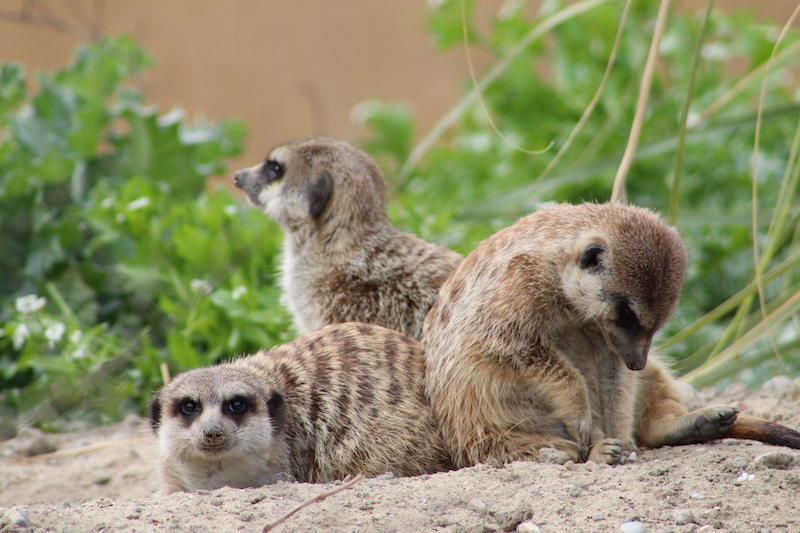
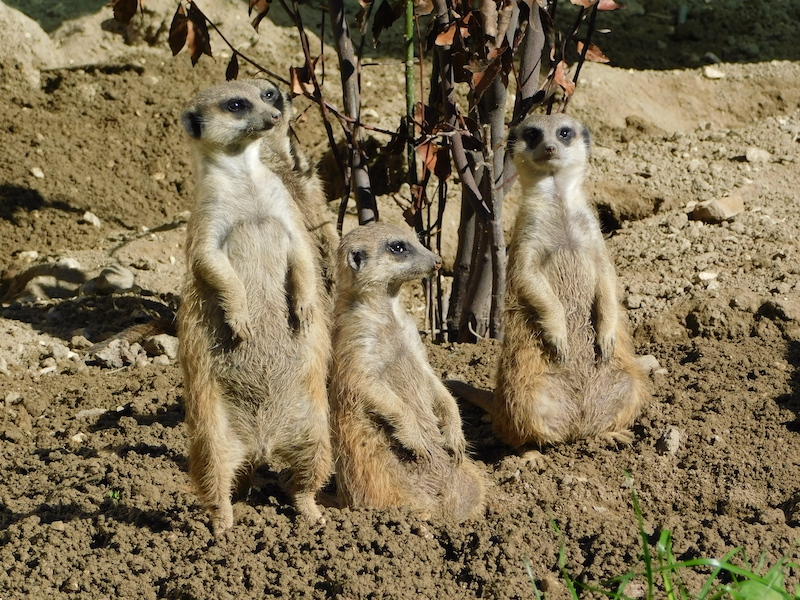
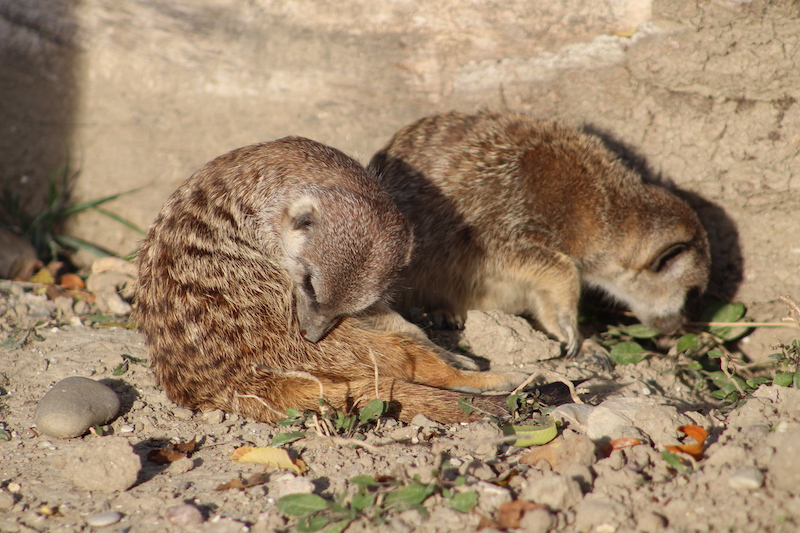
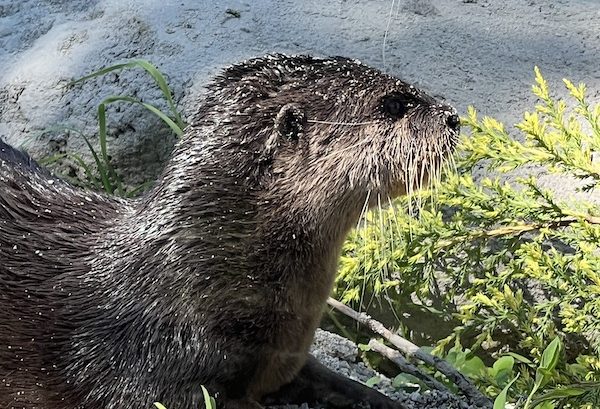
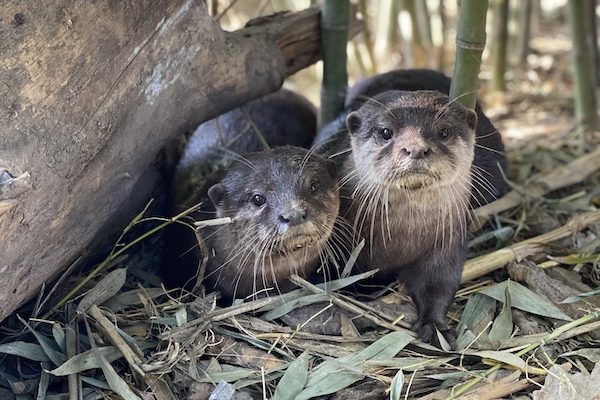
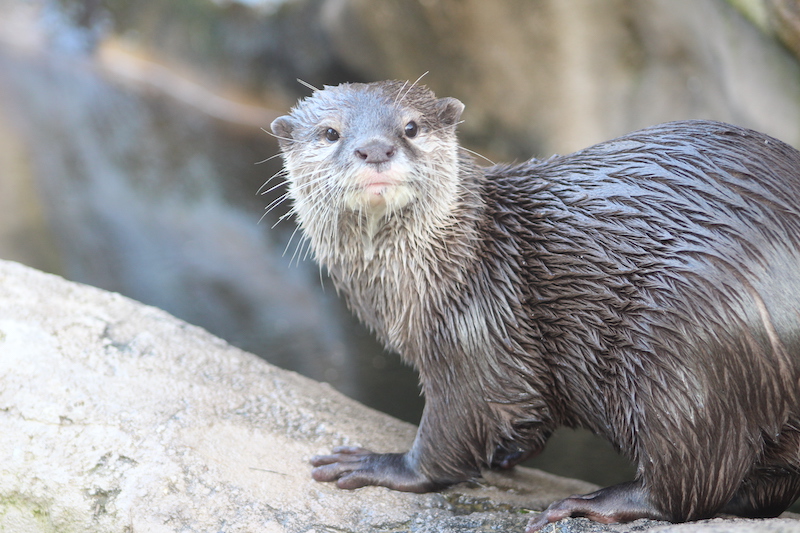
Otters
As soon as you enter the pedestrian area, you will have the chance to meet our lovely otters, both eastern and with small claws, and you won’t be able to miss noticing their curious elongated bodies with short, webbed legs.
A special exhibit has been created for them, designed to optimize the needs and well-being of the hosted specimens, making it as naturalistic as possible. In this way, visitors can better understand not only the animal’s own characteristics but also information related to its natural habitat, behavior, and evolution.
Small Fauna
One of our educational buildings where you can admire a photographic exhibition by Matteo Di Nicola, a nature photographer, and a full display of taxidermy curated by Taxidermist Antonio Berardi.
In this area, you can also admire the Bark Rat, the largest living rodent, adorable Cotton-top Tamarins, and curious Egyptian Fruit Bats.
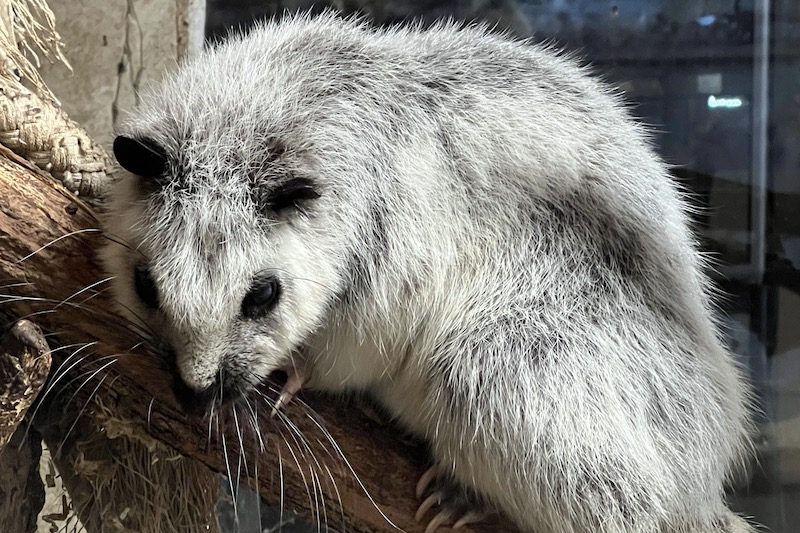
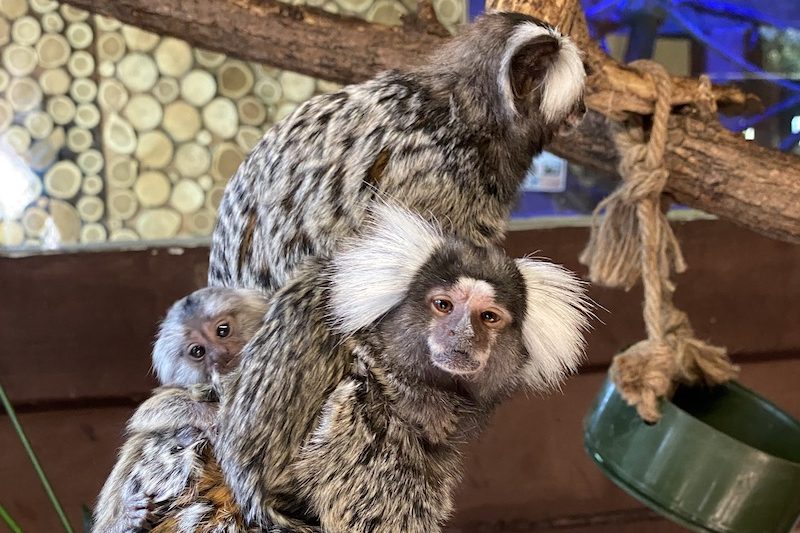
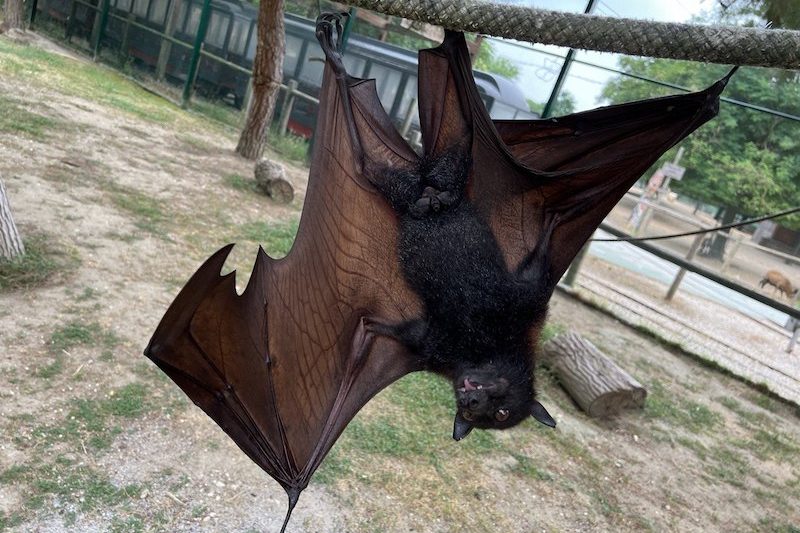
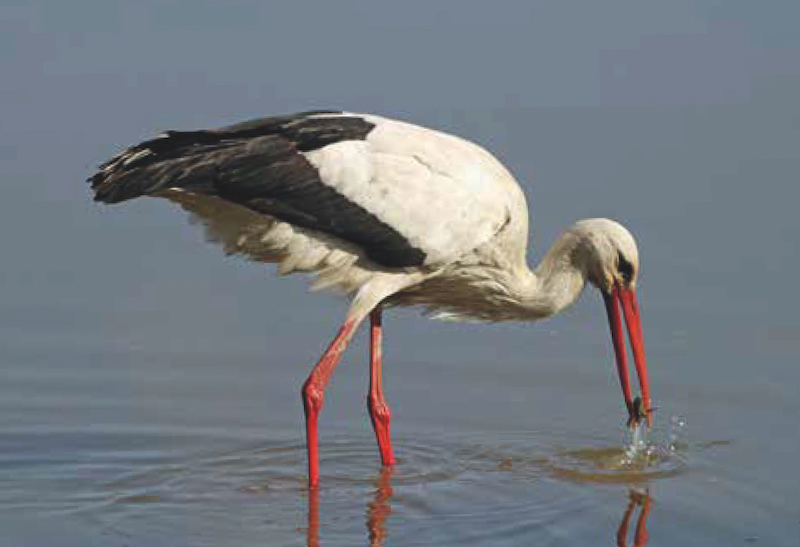
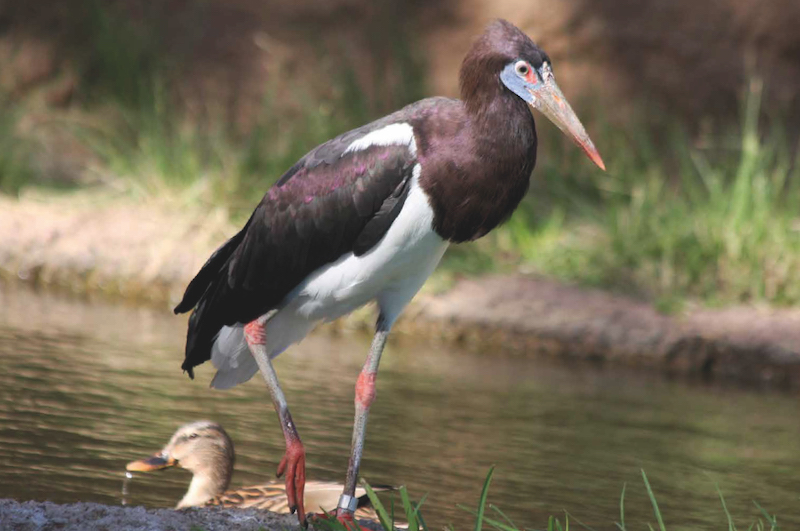
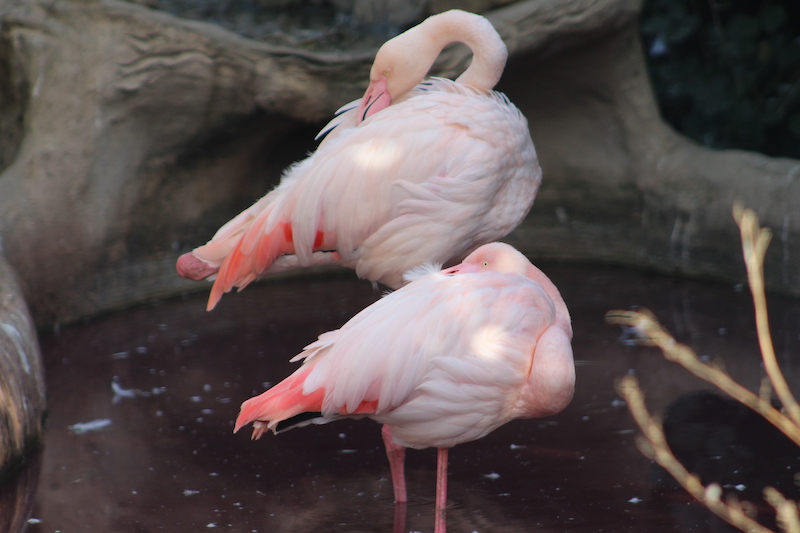
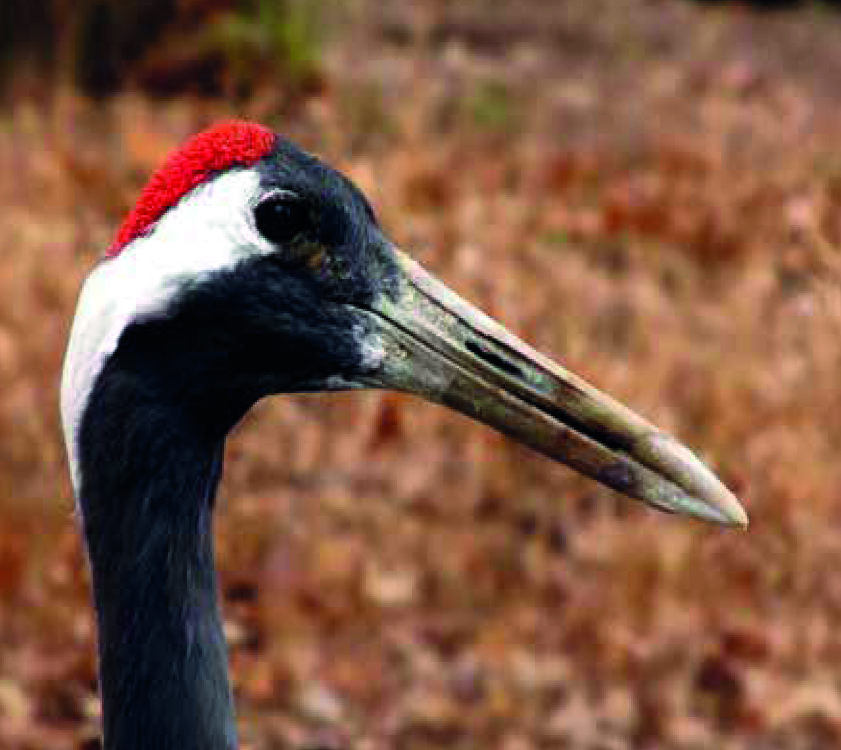
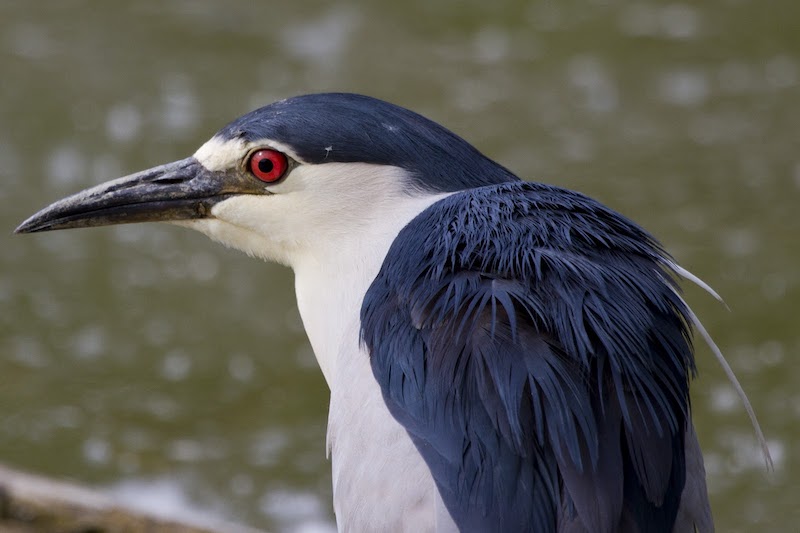
The Great Aviary
Located between the aquarium and the reptile house, in this area, you will have the opportunity to observe elegant specimens such as Pink Flamingos, Abdim’s Storks, White Storks, Night Herons, Red-crowned Cranes, and Sacred Ibises.
By stopping in front of the area, you will have the opportunity to deepen your knowledge about Habitat and Distribution, biology, feeding habits, and characteristics of the species housed.
Australian Exhibit
In this vast exhibit, our Park hosts 7 Emus and 12 Bennett’s Kangaroos, one of the largest species of Wallaby often mistaken for a kangaroo. Our Park boasts several births of these specimens, and if you are lucky, you can admire joeys still inside their mother’s pouch or beautiful emu eggs with their unique blue/green color combination.
